李宏毅教授2021年机器学习课程的作业,详见ML 2021 Spring
感觉NTU学生的英语都很好啊hh,所以这也是本人第一次练习使用双语书写注释及内容
Homework 1: COVID-19 Cases Prediction (Regression)
Simple Baseline
只要跑通助教的代码就可以,经注释后的代码如下。
Download Data
If the Google drive links are dead, you can download data from kaggle, and upload data manually to the workspace.
1 | tr_path = 'covid.train.csv' # path to training data |
1 | /usr/local/lib/python3.7/dist-packages/gdown/cli.py:131: FutureWarning: Option `--id` was deprecated in version 4.3.1 and will be removed in 5.0. You don't need to pass it anymore to use a file ID. |
Import Some Packages
1 | # PyTorch |
Some Utilities
You do not need to modify this part.
1 | def get_device(): |
Preprocess
We have three kinds of datasets:
train: for trainingdev: for validationtest: for testing (w/o target value)
Dataset
The COVID19Dataset below does:
- read
.csvfiles - extract features
- split
covid.train.csvinto train/dev sets - normalize features
Finishing TODO below might make you pass medium baseline.
1 | class COVID19Dataset(Dataset): |
DataLoader
A DataLoader loads data from a given Dataset into batches.
1 | def prep_dataloader(path, mode, batch_size, n_jobs=0, target_only=False): |
Deep Neural Network
NeuralNet is an nn.Module designed for regression.
The DNN consists of 2 fully-connected layers with ReLU activation.
This module also included a function cal_loss for calculating loss.
1 | class NeuralNet(nn.Module): |
Train/Dev/Test
Training
1 | def train(tr_set, dv_set, model, config, device): |
Validation
1 | def dev(dv_set, model, device): |
Testing
1 | def test(tt_set, model, device): |
Setup Hyper-parameters
config contains hyper-parameters for training and the path to save your model.
1 | device = get_device() # get the current available device ('cpu' or 'cuda') |
Load data and model
1 | tr_set = prep_dataloader(tr_path, 'train', config['batch_size'], target_only=target_only) |
1 | Finished reading the train set of COVID19 Dataset (2430 samples found, each dim = 93) |
1 | model = NeuralNet(tr_set.dataset.dim).to(device) # Construct model and move to device |
Start Training!
1 | model_loss, model_loss_record = train(tr_set, dv_set, model, config, device) |
Saving model (epoch = 1, loss = 78.8524)
Saving model (epoch = 2, loss = 37.6170)
Saving model (epoch = 3, loss = 26.1203)
Saving model (epoch = 4, loss = 16.1862)
Saving model (epoch = 5, loss = 9.7153)
Saving model (epoch = 6, loss = 6.3701)
Saving model (epoch = 7, loss = 5.1802)
Saving model (epoch = 8, loss = 4.4255)
Saving model (epoch = 9, loss = 3.8009)
Saving model (epoch = 10, loss = 3.3691)
Saving model (epoch = 11, loss = 3.0943)
Saving model (epoch = 12, loss = 2.8176)
Saving model (epoch = 13, loss = 2.6274)
Saving model (epoch = 14, loss = 2.4542)
Saving model (epoch = 15, loss = 2.3012)
Saving model (epoch = 16, loss = 2.1766)
Saving model (epoch = 17, loss = 2.0641)
Saving model (epoch = 18, loss = 1.9399)
Saving model (epoch = 19, loss = 1.8978)
Saving model (epoch = 20, loss = 1.7950)
Saving model (epoch = 21, loss = 1.7164)
Saving model (epoch = 22, loss = 1.6455)
Saving model (epoch = 23, loss = 1.5912)
Saving model (epoch = 24, loss = 1.5599)
Saving model (epoch = 25, loss = 1.5197)
Saving model (epoch = 26, loss = 1.4698)
Saving model (epoch = 27, loss = 1.4189)
Saving model (epoch = 28, loss = 1.3992)
Saving model (epoch = 29, loss = 1.3696)
Saving model (epoch = 30, loss = 1.3442)
Saving model (epoch = 31, loss = 1.3231)
Saving model (epoch = 32, loss = 1.2834)
Saving model (epoch = 33, loss = 1.2804)
Saving model (epoch = 34, loss = 1.2471)
Saving model (epoch = 36, loss = 1.2414)
Saving model (epoch = 37, loss = 1.2138)
Saving model (epoch = 38, loss = 1.2083)
Saving model (epoch = 41, loss = 1.1591)
Saving model (epoch = 42, loss = 1.1484)
Saving model (epoch = 44, loss = 1.1209)
Saving model (epoch = 47, loss = 1.1122)
Saving model (epoch = 48, loss = 1.0937)
Saving model (epoch = 50, loss = 1.0842)
Saving model (epoch = 53, loss = 1.0655)
Saving model (epoch = 54, loss = 1.0613)
Saving model (epoch = 57, loss = 1.0524)
Saving model (epoch = 58, loss = 1.0394)
Saving model (epoch = 60, loss = 1.0267)
Saving model (epoch = 63, loss = 1.0248)
Saving model (epoch = 66, loss = 1.0099)
Saving model (epoch = 70, loss = 0.9829)
Saving model (epoch = 72, loss = 0.9817)
Saving model (epoch = 73, loss = 0.9743)
Saving model (epoch = 75, loss = 0.9671)
Saving model (epoch = 78, loss = 0.9643)
Saving model (epoch = 79, loss = 0.9597)
Saving model (epoch = 85, loss = 0.9549)
Saving model (epoch = 86, loss = 0.9535)
Saving model (epoch = 90, loss = 0.9467)
Saving model (epoch = 92, loss = 0.9432)
Saving model (epoch = 93, loss = 0.9231)
Saving model (epoch = 95, loss = 0.9127)
Saving model (epoch = 104, loss = 0.9117)
Saving model (epoch = 107, loss = 0.8994)
Saving model (epoch = 110, loss = 0.8935)
Saving model (epoch = 116, loss = 0.8882)
Saving model (epoch = 124, loss = 0.8872)
Saving model (epoch = 128, loss = 0.8724)
Saving model (epoch = 134, loss = 0.8722)
Saving model (epoch = 139, loss = 0.8677)
Saving model (epoch = 146, loss = 0.8654)
Saving model (epoch = 156, loss = 0.8642)
Saving model (epoch = 159, loss = 0.8528)
Saving model (epoch = 167, loss = 0.8494)
Saving model (epoch = 173, loss = 0.8492)
Saving model (epoch = 176, loss = 0.8461)
Saving model (epoch = 178, loss = 0.8403)
Saving model (epoch = 182, loss = 0.8375)
Saving model (epoch = 199, loss = 0.8295)
Saving model (epoch = 212, loss = 0.8273)
Saving model (epoch = 235, loss = 0.8252)
Saving model (epoch = 238, loss = 0.8233)
Saving model (epoch = 251, loss = 0.8211)
Saving model (epoch = 253, loss = 0.8205)
Saving model (epoch = 258, loss = 0.8175)
Saving model (epoch = 284, loss = 0.8143)
Saving model (epoch = 308, loss = 0.8136)
Saving model (epoch = 312, loss = 0.8075)
Saving model (epoch = 324, loss = 0.8045)
Saving model (epoch = 400, loss = 0.8040)
Saving model (epoch = 404, loss = 0.8010)
Saving model (epoch = 466, loss = 0.7998)
Saving model (epoch = 525, loss = 0.7993)
Saving model (epoch = 561, loss = 0.7945)
Saving model (epoch = 584, loss = 0.7903)
Saving model (epoch = 667, loss = 0.7896)
Saving model (epoch = 717, loss = 0.7823)
Saving model (epoch = 776, loss = 0.7812)
Saving model (epoch = 835, loss = 0.7797)
Saving model (epoch = 866, loss = 0.7771)
Saving model (epoch = 919, loss = 0.7770)
Saving model (epoch = 933, loss = 0.7748)
Saving model (epoch = 965, loss = 0.7705)
Saving model (epoch = 1027, loss = 0.7674)
Saving model (epoch = 1119, loss = 0.7647)
Saving model (epoch = 1140, loss = 0.7643)
Saving model (epoch = 1196, loss = 0.7620)
Saving model (epoch = 1234, loss = 0.7616)
Saving model (epoch = 1243, loss = 0.7582)
Finished training after 1444 epochs
1 | plot_learning_curve(model_loss_record, title='deep model') |
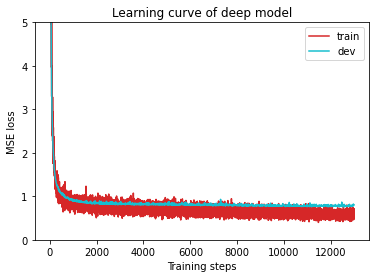
1 | del model # delete model variable |
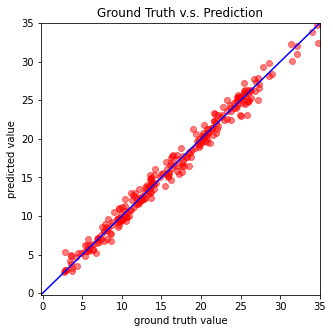
Testing
The predictions of your model on testing set will be stored at pred.csv.
1 | def save_pred(preds, file): |
Saving results to pred.csv
Medium Baseline
Simple Baseline Code中标注了一些TODO,TA说只要完成这些TODO也许就可以达到Medium Baseline,TODO一共有这些:
- TODO: Using 40 states & 2 tested_positive features (indices = 57 & 75)
- TODO: How to modify this model to achieve better performance?
- TODO: you may implement L1/L2 regularization here
- TODO: How to tune these hyper-parameters to improve your model’s performance?
其中最重要的是TODO1,按TA所说修改即可达到Medium Baseline,即:
1 | feats = list(range(40)) + [57] + [75] |
查看一下这两列数据,发现列名为tested_positive和tested_positive.1,即第1天阳性和第2天阳性,我们要预测的就是93th列——tested_positive2
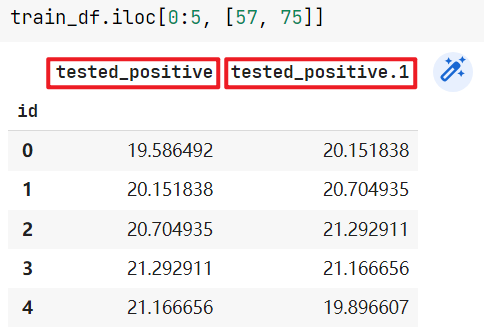
Strong Baseline
TA给了以下提示
- Feature selection (what other features are useful?)
- DNN architecture (layers? dimension? activation function?)
- Training (mini-batch? optimizer? learning rate?)
- L2 regularization
- There are some mistakes in the sample code, can you find them?
总的来说就是从三部分优化:1. Data、2. Network Structure、3. Optimization
在本题中最重要的还是Feature selection。
关于1:
可以使用SelectKBest函数,也可以对tested_positive2分析相关性(方法2,还没整理)
1 | import pandas as pd |
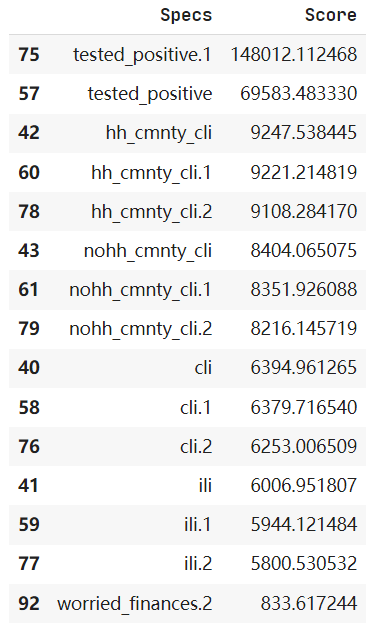
最后一行Score太低,去掉
可以得到改进:
1 | feats = [75, 57, 42, 60, 78, 43, 61, 79, 40, 58, 76, 41, 59, 77] |
关于2:
该作业中“浅的”网络效果更好(Less is More),与后续作业不同,使用如下结构:
1 | self.net = nn.Sequential( |
关于3:
1 | config = { |
关于4:
TA说使用L2正则化,但其实效果提升不大
L1正则化的损失函数
L2正则化的损失函数
1 | def cal_loss(self, pred, target): |
关于5:
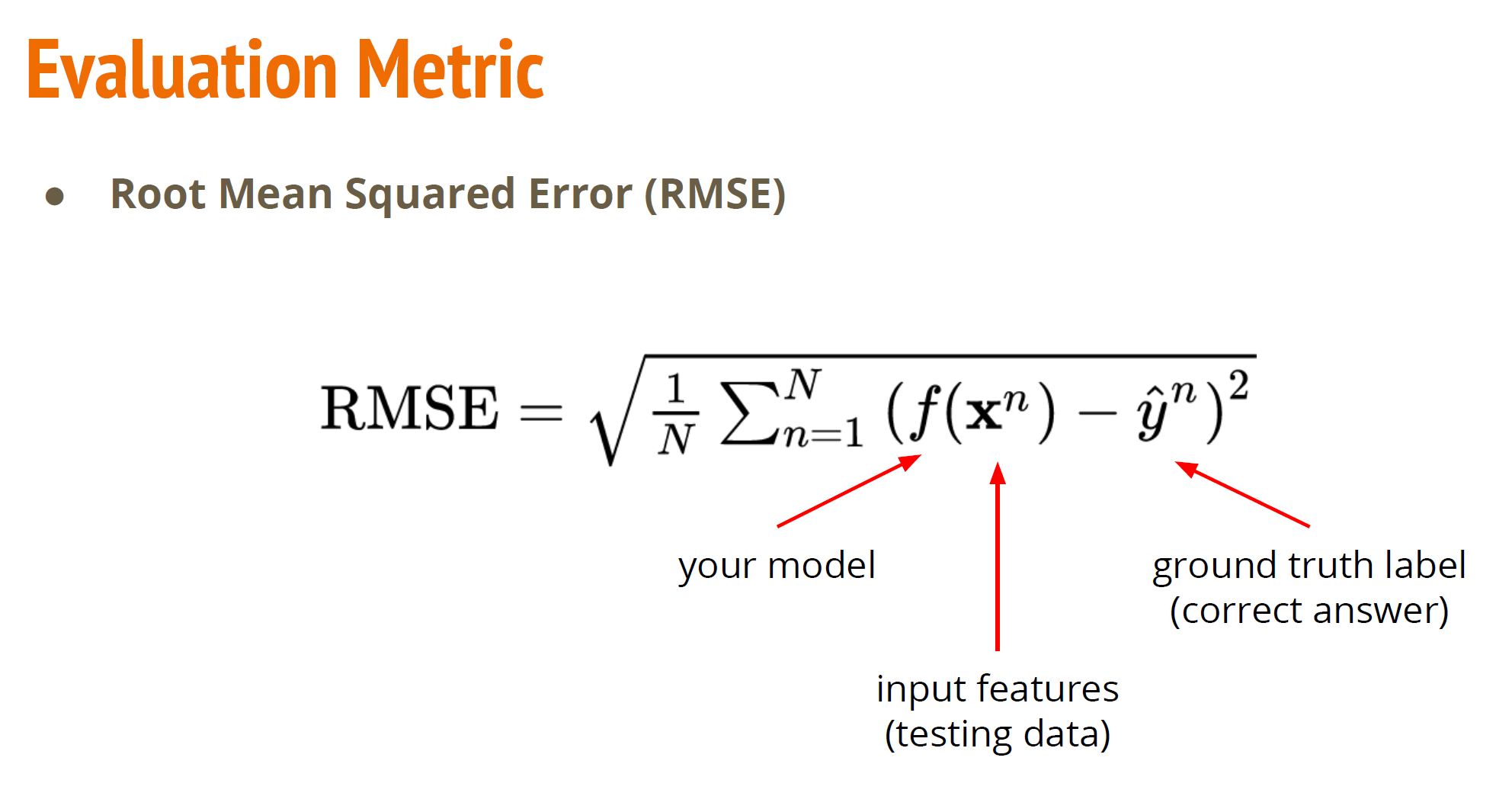
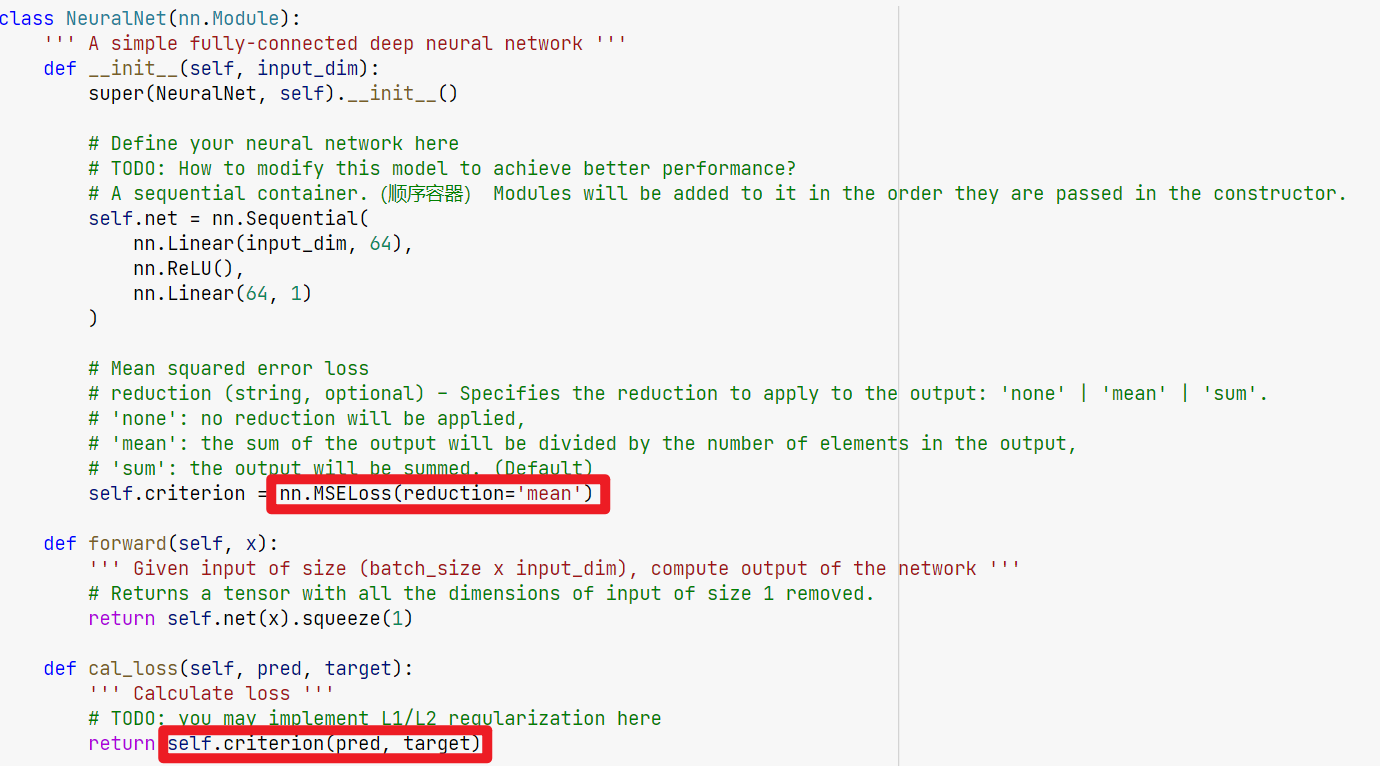
改为
1 | return torch.sqrt(self.criterion(pred, target)) |
最后过了public的strong baseline,private差0.00x
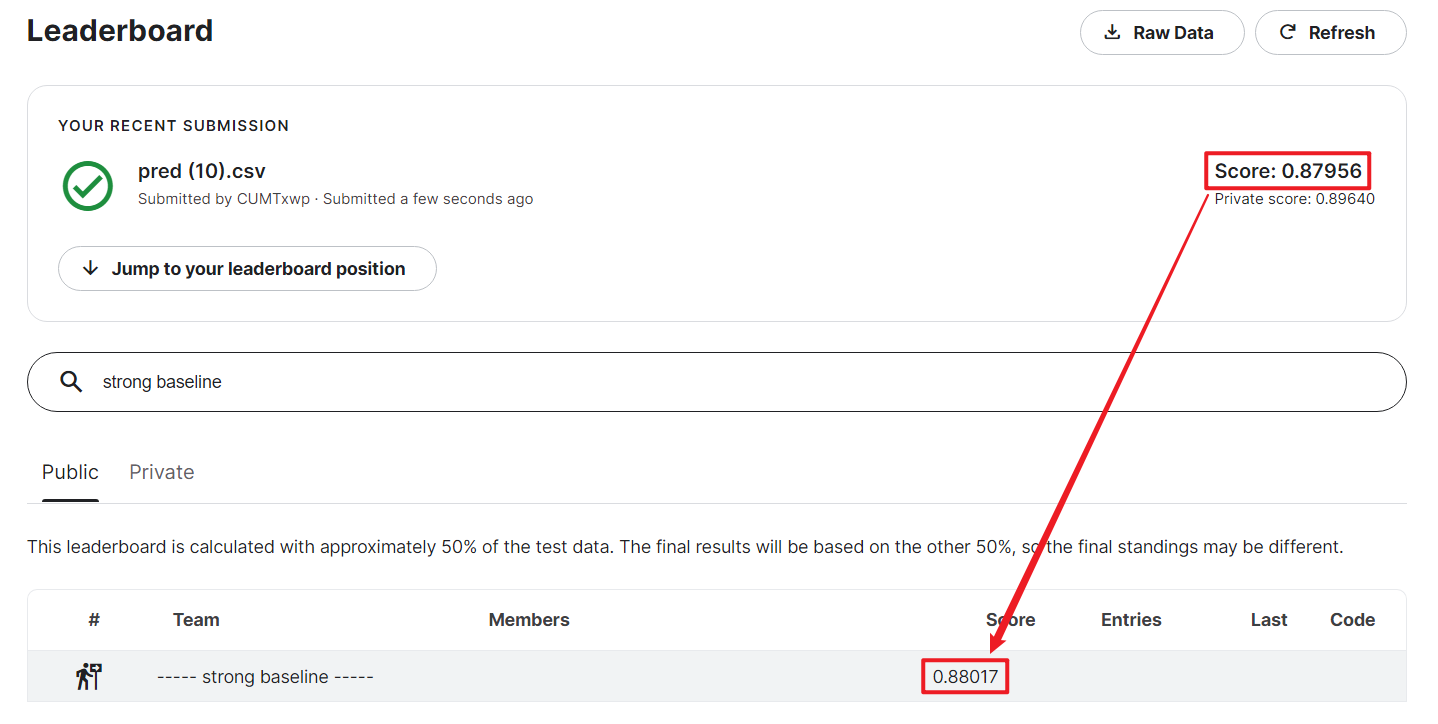
Homework 2: TIMIT framewise phoneme (classification)
Phoneme Classification - Simple Baseline
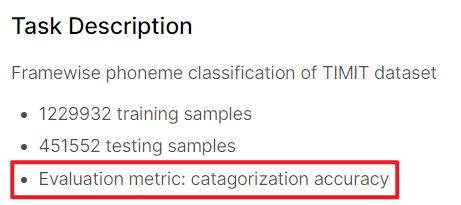
首先可以看到Evaluation metric就是acc,所以越高越好。
跑通TA’s sample code就可以双过simple baseline
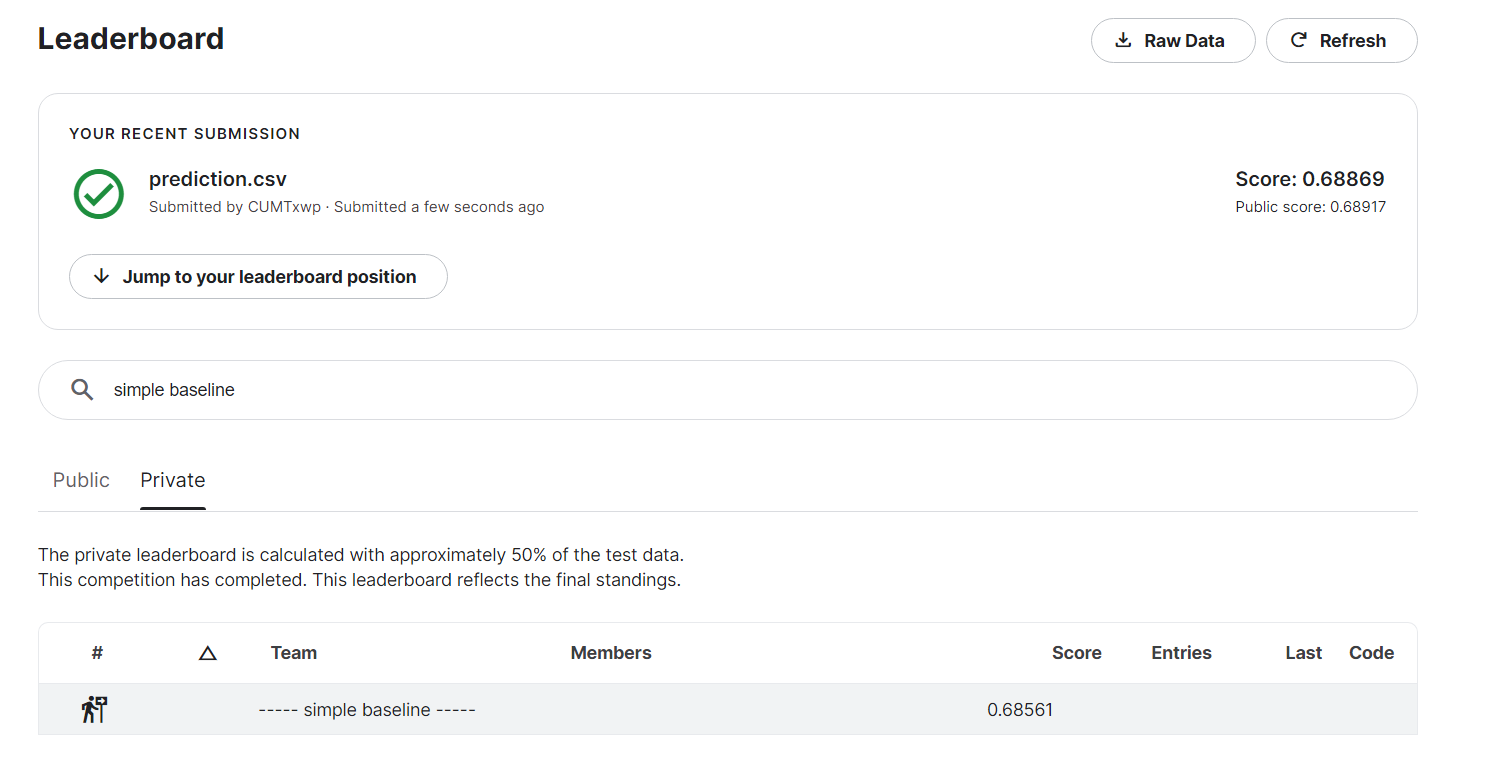
ps:跑一次挺慢的,colab挂上GPU也要15min左右一次。
CODE:
Phoneme Classification - Strong Baseline
TA在PPT里给了一些Hint。
- Model architecture (layers? dimension? activation function?)
- Training (batch size? optimizer? learning rate? epoch?)
- Tips (batch norm? dropout? regularization?)
基本还是Data、Structure、Optimization。
1-百万级数据集,所以VAL_RATIO设为5%
1 | VAL_RATIO = 0.05 |

2-使用RAdam调优
1 | from torch.optim import RAdam |
Hessian Matrix
Homework 3: Convolutional Neural Network - Image Classfication(CNN)
Simple Baseline
直接跑通可以双过simple baseline(需要fix一个好的seed),含注释的原始代码如下:

TA’s Slide: Build a convolutional neural network using labeled images with provided codes.
意思是只要使用给的CNN就可以过simple baseline。
Medium Baseline
TA’s Slide: Improve the performance using labeled images with different model architectures or data augmentations.
TA给了两个方向different model architectures或者data augmentations。
还是在那个范围内:Data、Structure、Optimization。
我们这里尝试一下data augmentations
(好像model architectures要使用resnet?)
增强处:水平反转、旋转、自动增强
1 | from torchvision.transforms.transforms import RandomHorizontalFlip |
然后把原data和增强data拼接起来,这样就有足够的train data了。
1 | train_set1 = DatasetFolder("food-11/training/labeled", loader=lambda x: Image.open(x), extensions="jpg", transform=train_tfm1) |
然后再对learning rate和n_epochs调参调参调参。。。
结果:双过maedium baseline

注1:这里还有一个使用ImageNet的mean和var做标准化的方法,但是我不太会用,加上去效果没有更好。
1 | preprocess = transforms.Compose([ |
注2:关于各种transform方法的实例,详见pytorch教程ILLUSTRATION OF TRANSFORMS
Strong Baseline
TA’s Slide: Improve the performance with additional unlabeled images.
TA将本次作业数据集中的大部分labeled images变成了unlabeled images,这里也是想要让学生练习Semi-supervised Learning(自监督学习)。
那么我们就来试一下Semi-supervised Learning。
首先构建PseudoDataset
1 | class PseudoDataset(Dataset): |
然后修改get_pseudo_labels
1 | def get_pseudo_labels(dataset, model, threshold=0.65): |
在Training中加入semi-supervised learning。
注意两点:
- 当验证集最好精度达到一定值时再开始semi-supervised learning,否则model对unlabel datas的label不准确。
- 为了避免semi-supervised learning影响效率,每semi_turns轮进行一次pseudo。
1 | for epoch in range(n_epochs): |
最后我又调整了transform和CNN architecture,然而这样的效果也不尽人意

最后一条可行的思路是加入Sampler,也就是说新拼接的数据集的dataloader应尽量选取labeled dataset,少选取pseudo dataset。
但是我发现自己再进行下去完全是在做无用功,等把后面的课听完再回来做一做试试,所以目前就到此为止了。
Course中的小知识点
如何降低loss
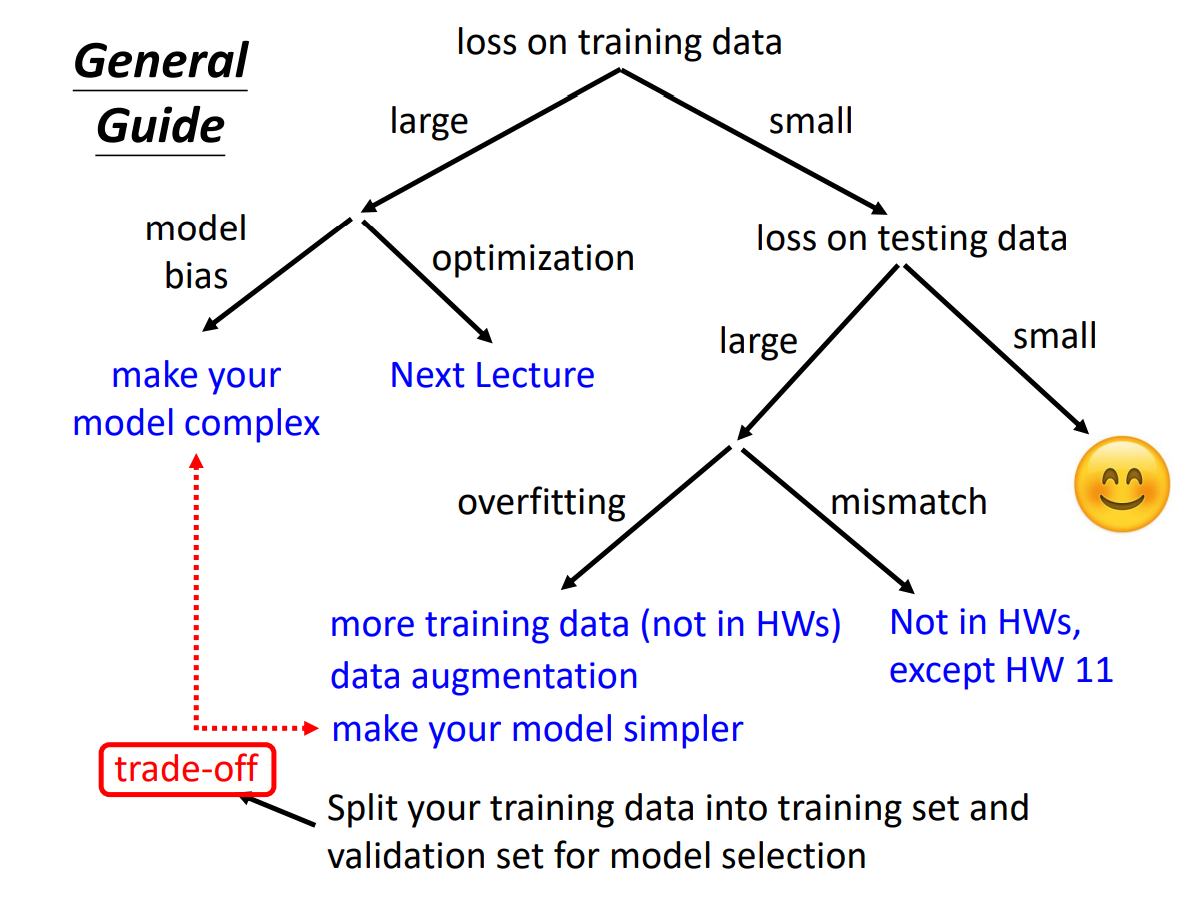
data Augmentation

cross validation
避免public testing set和private testing set差距过大
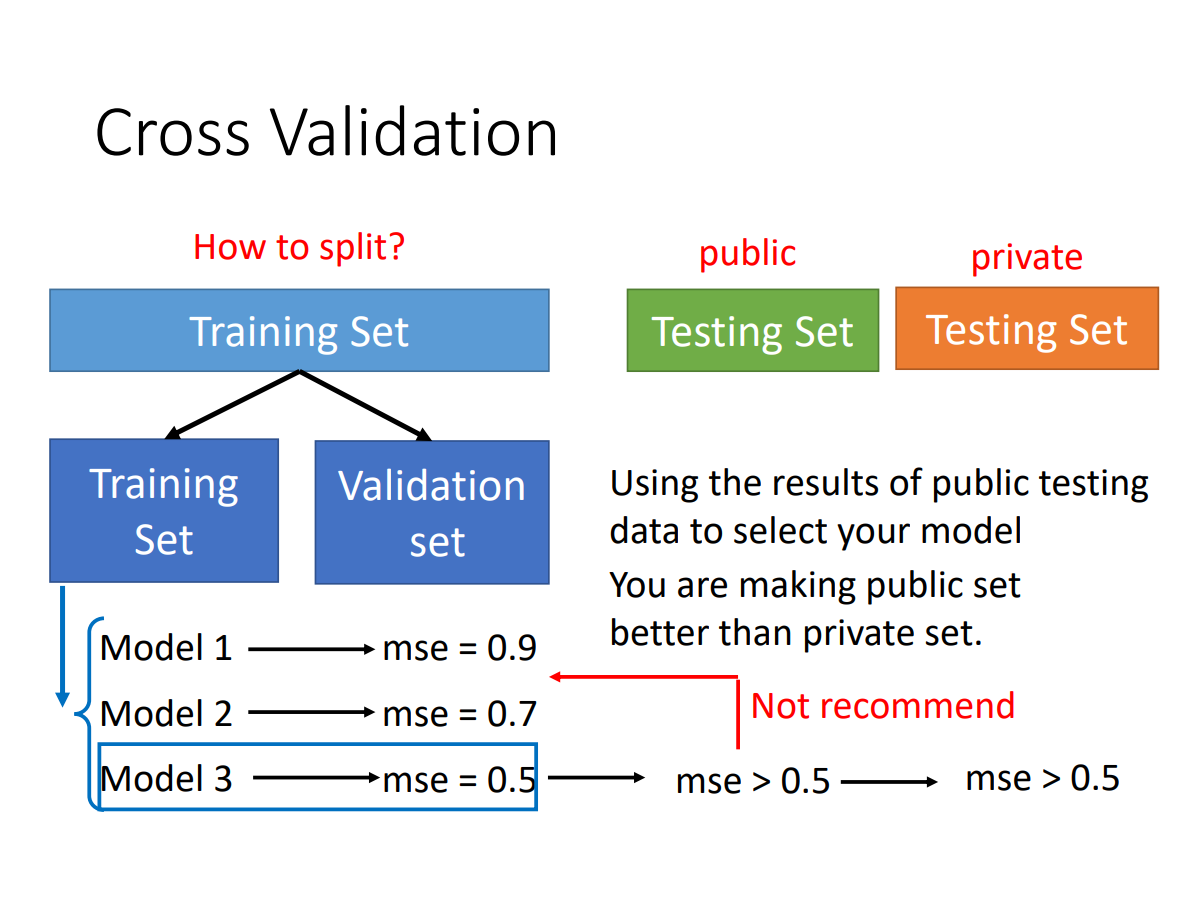
k-fold cross validation
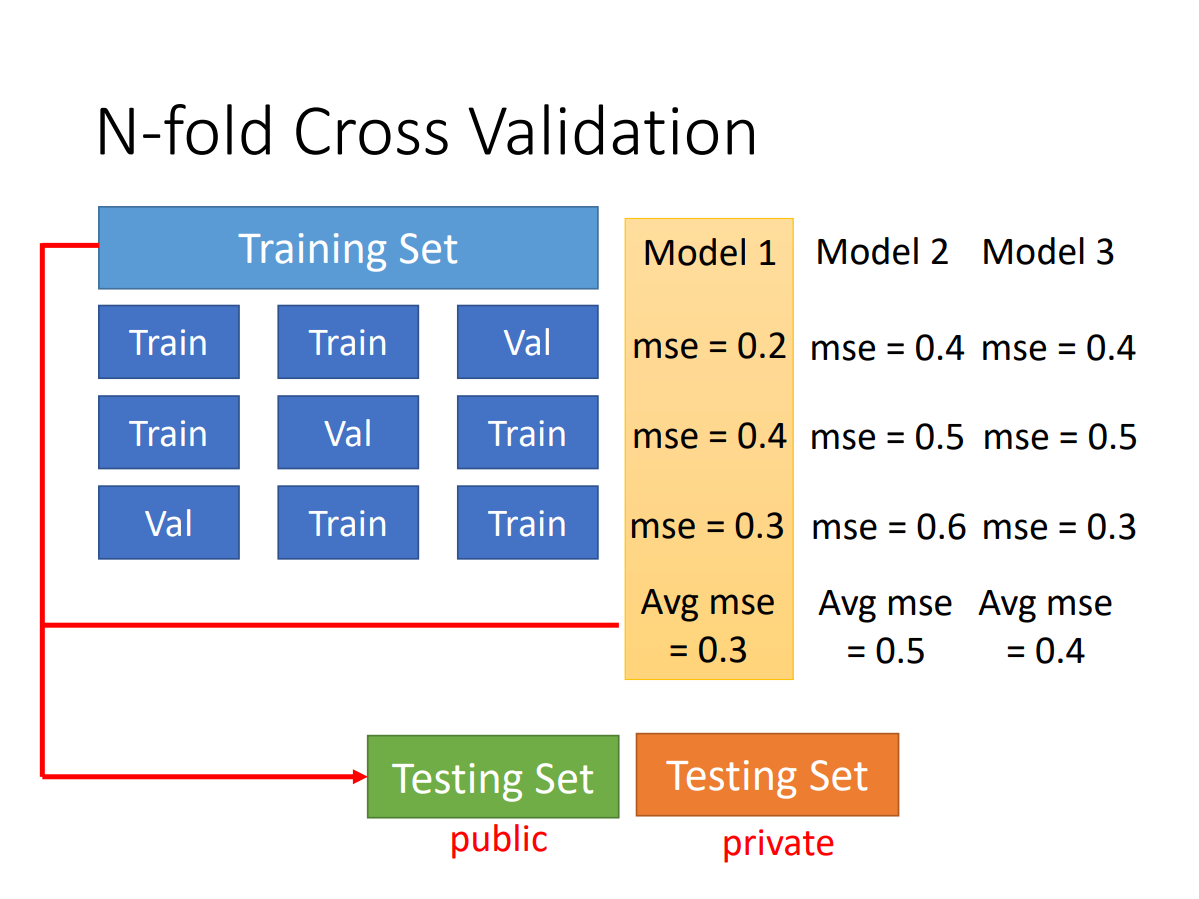
overfitting
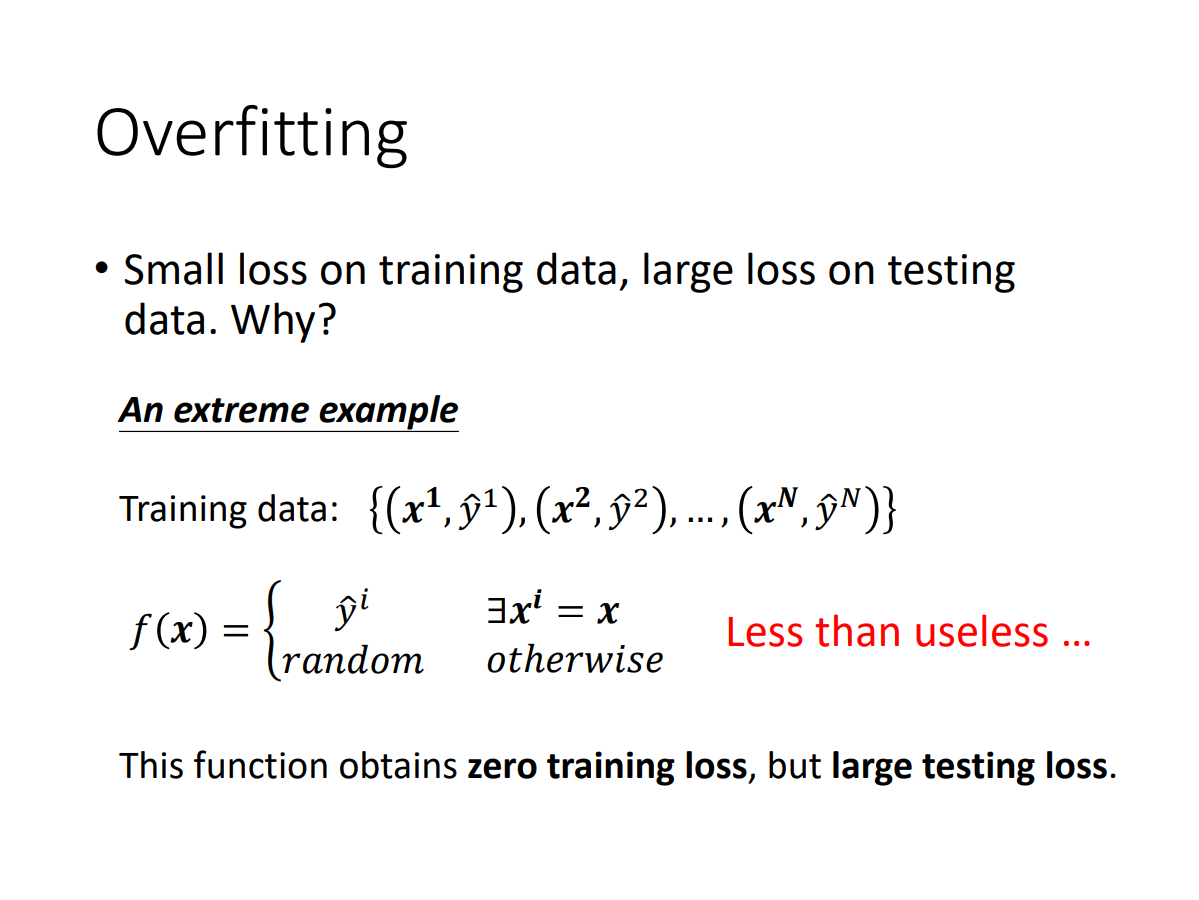
极端的例子:model在训练集上100%准确(loss=0),在测试集上准确度接近0%(loss很大)
原因:
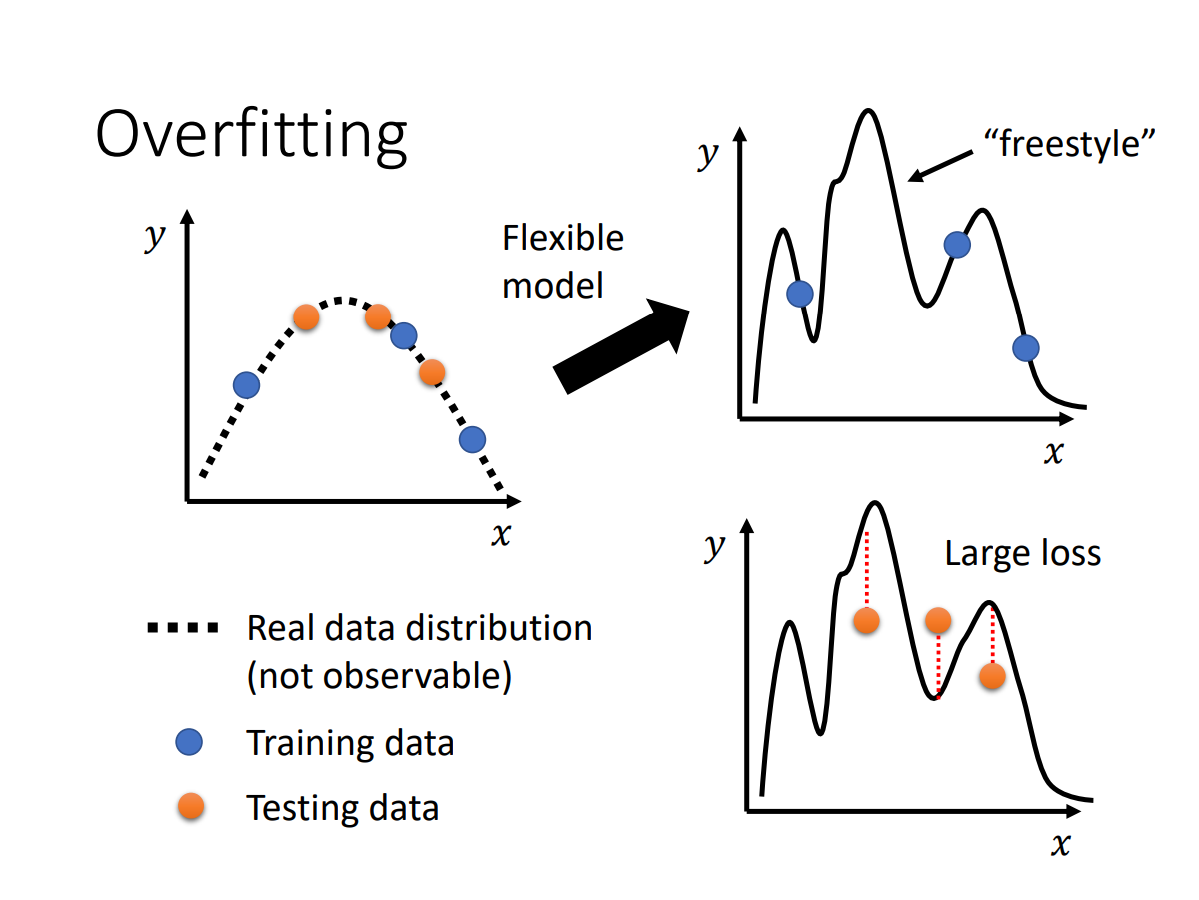
model的flexibility
可以通过调整层数来constrain模型,或者增加training data(数据不够?可以Data Augmentation)
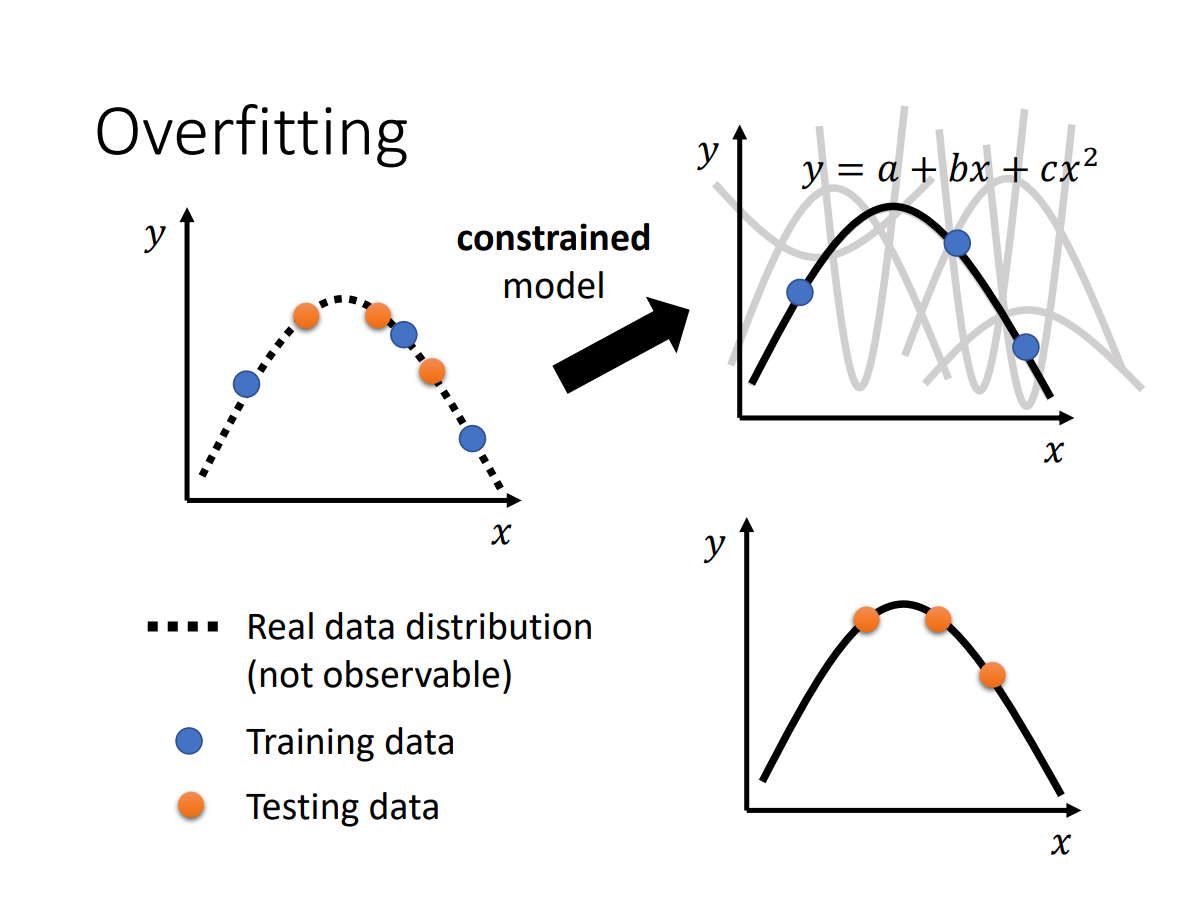
但不能constrain过度
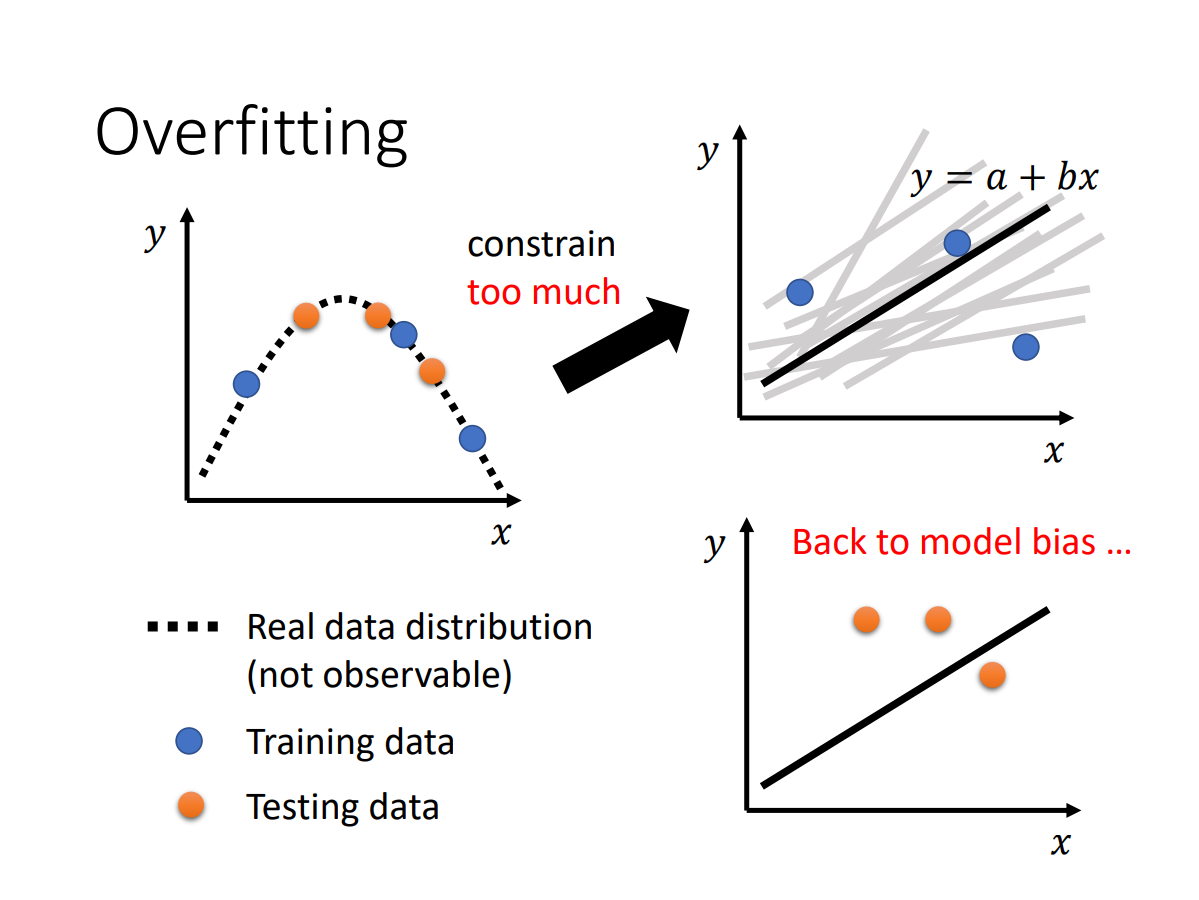
mismatch
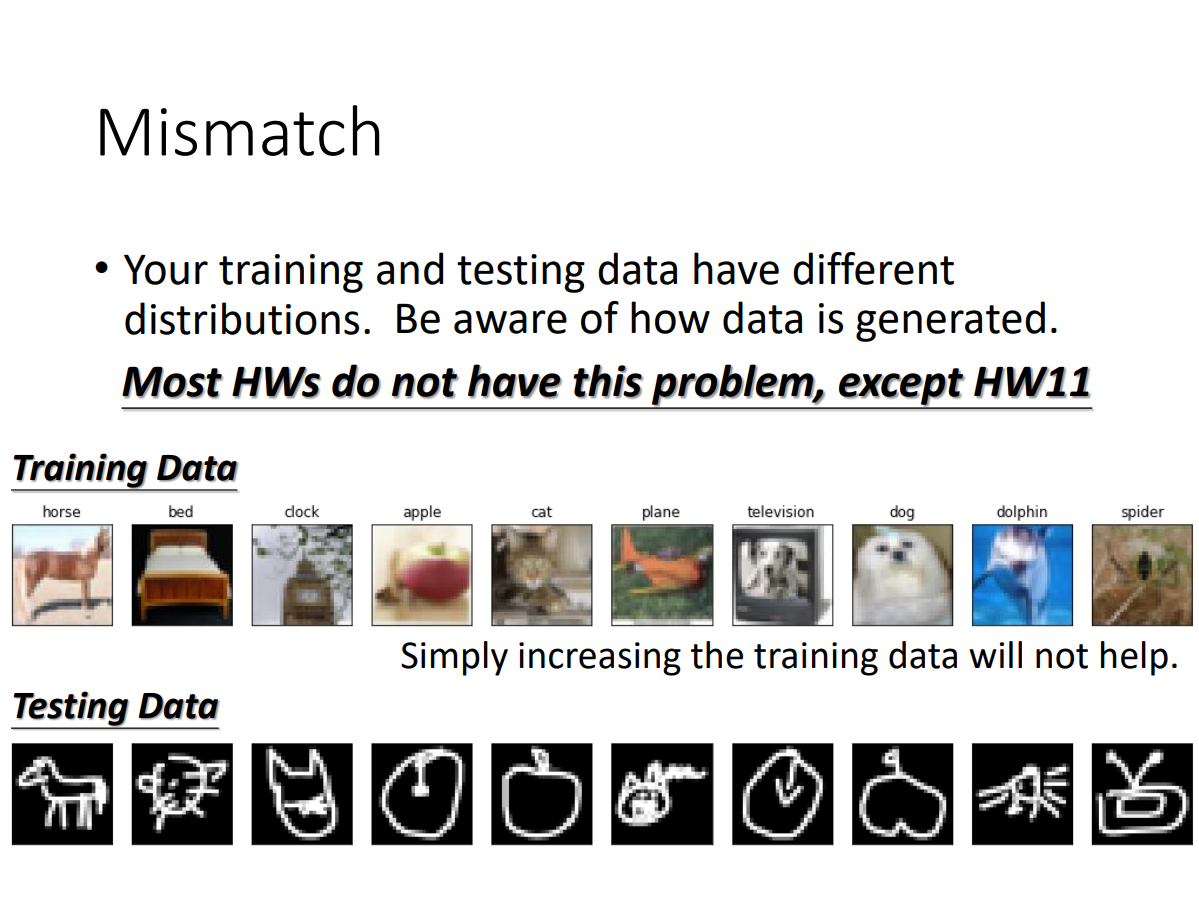
eg.
Hung-yi Lee:感谢大家为了让这个模型不准,上周五花了很多力气去点了这个video,所以这一天(2021.2.26)是今年观看人数最多的一天!
(哈哈哈哈笑死我了)
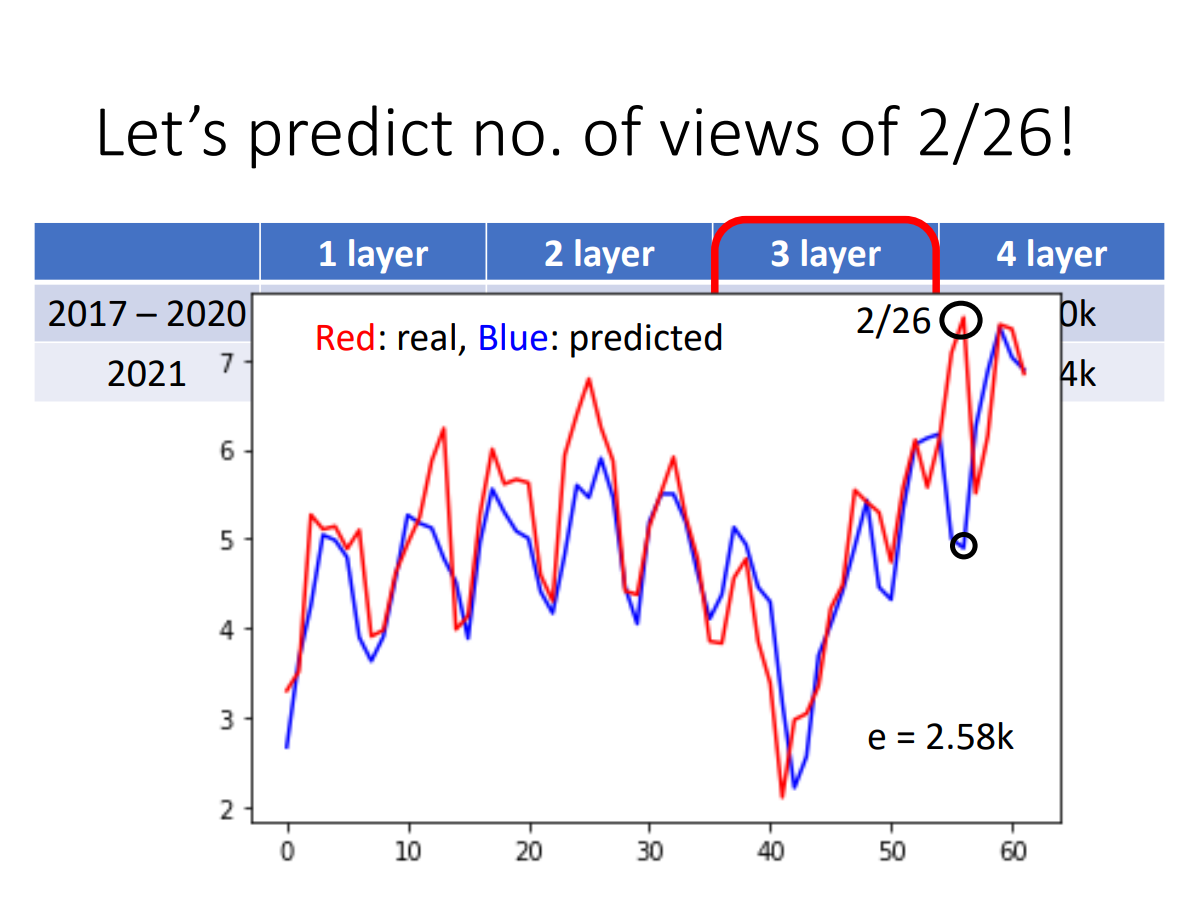
flat minima/sharp minima
好minima和坏minima
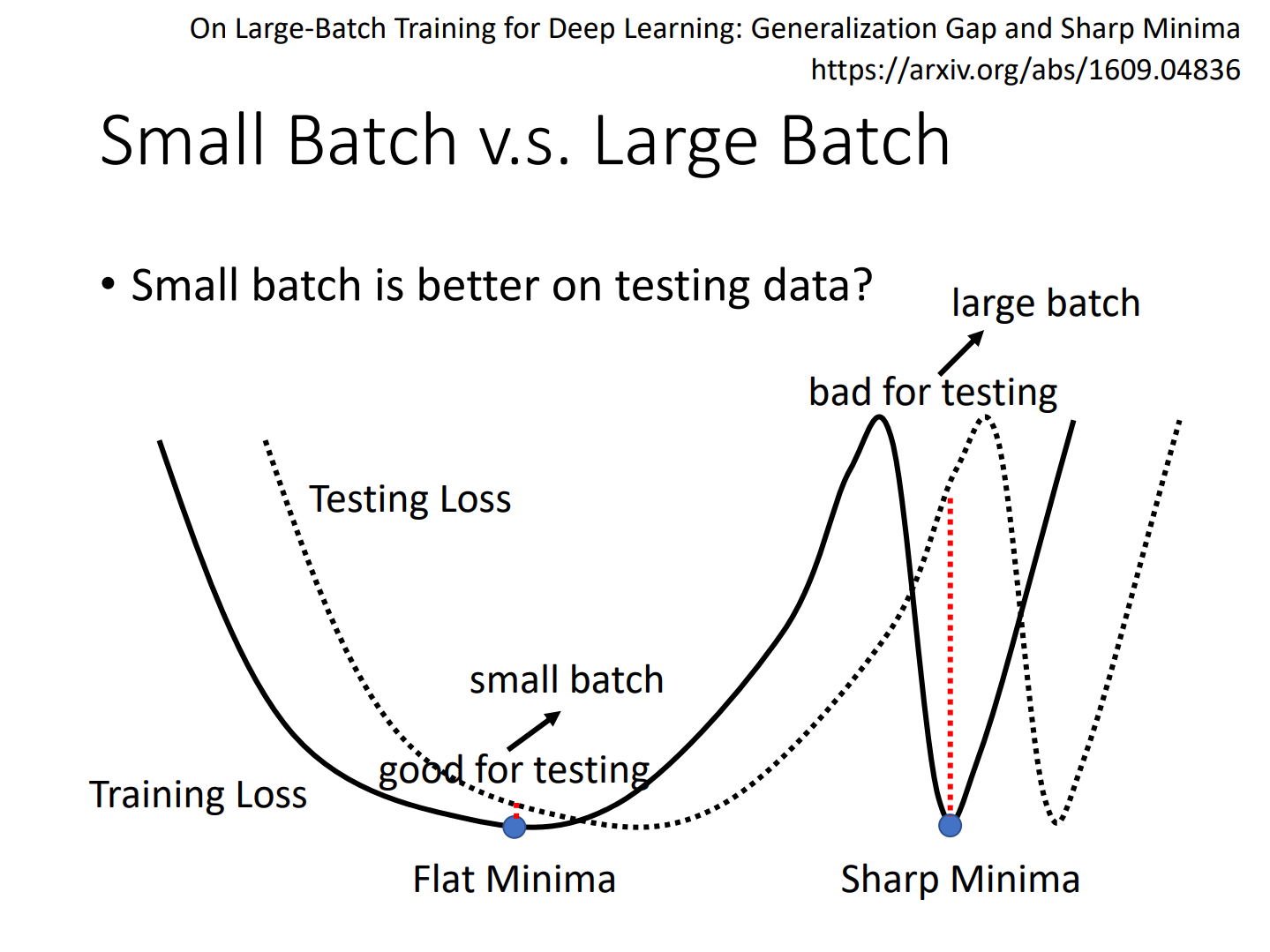
vanilla GD/GD with momentum
总感觉最优化理论学过,但是有点不记得了
很像共轭梯度法!
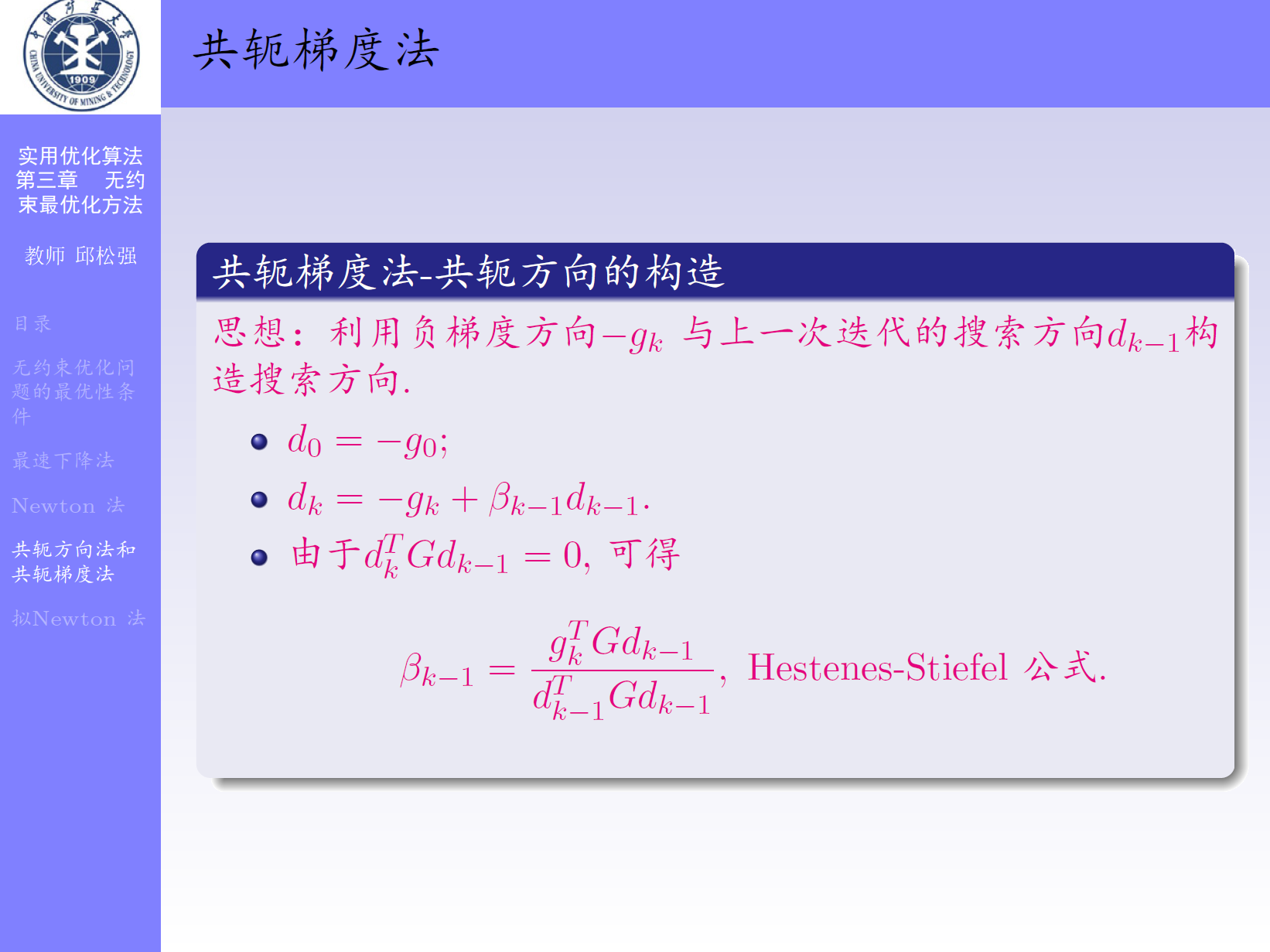
hylee老师讲的:
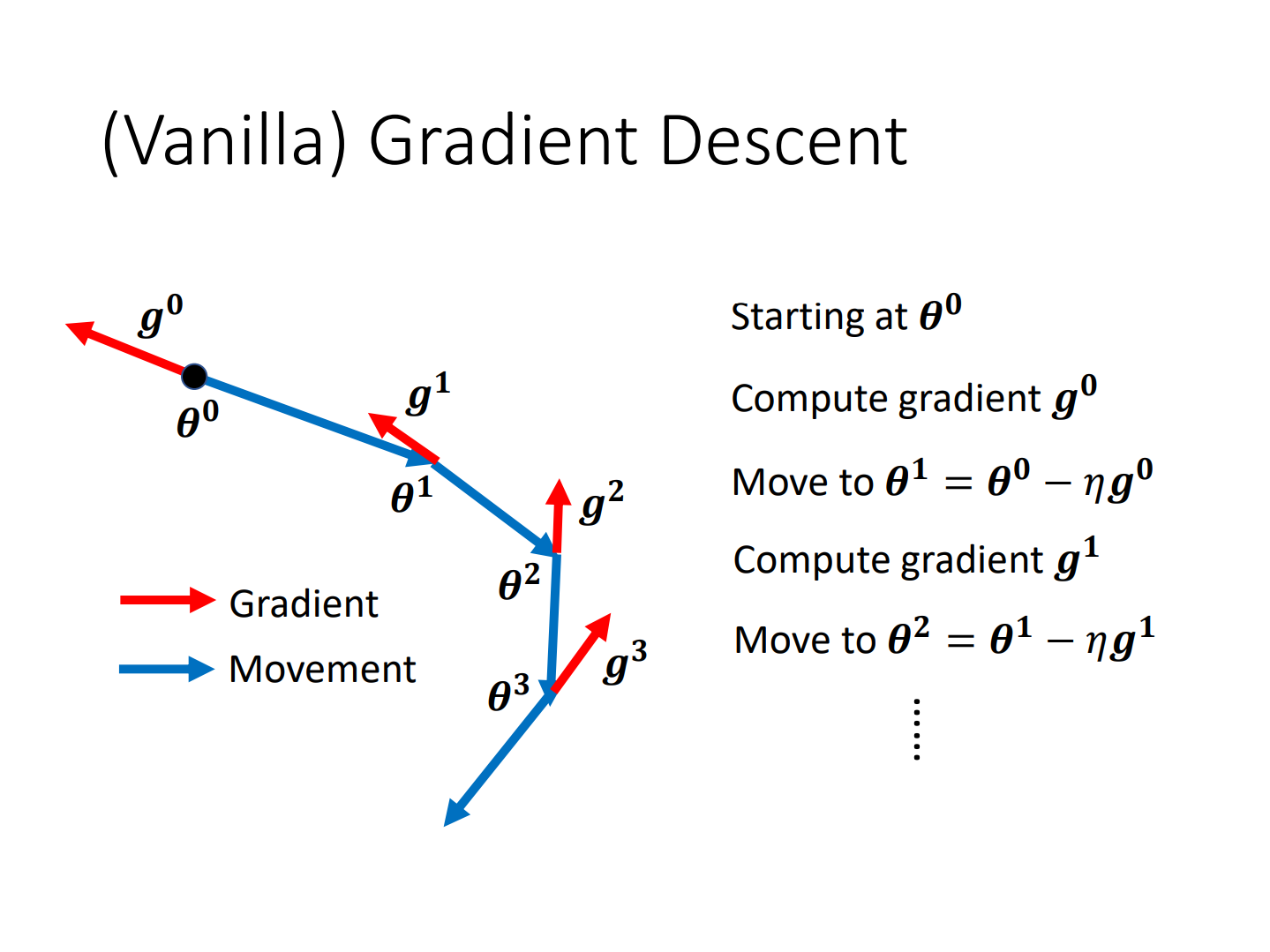
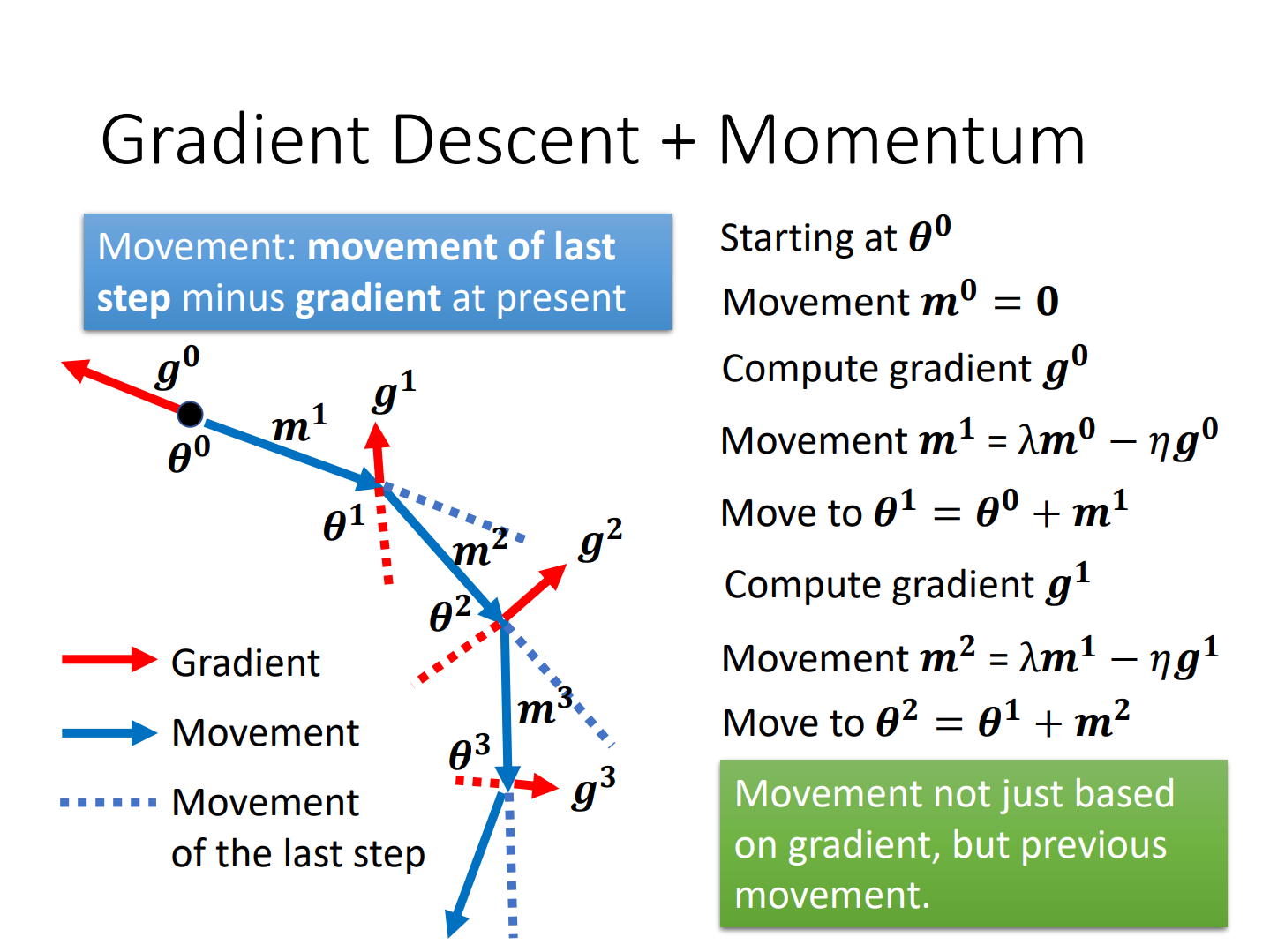
Adaptive Learning Rate(AdaGrad)
Define
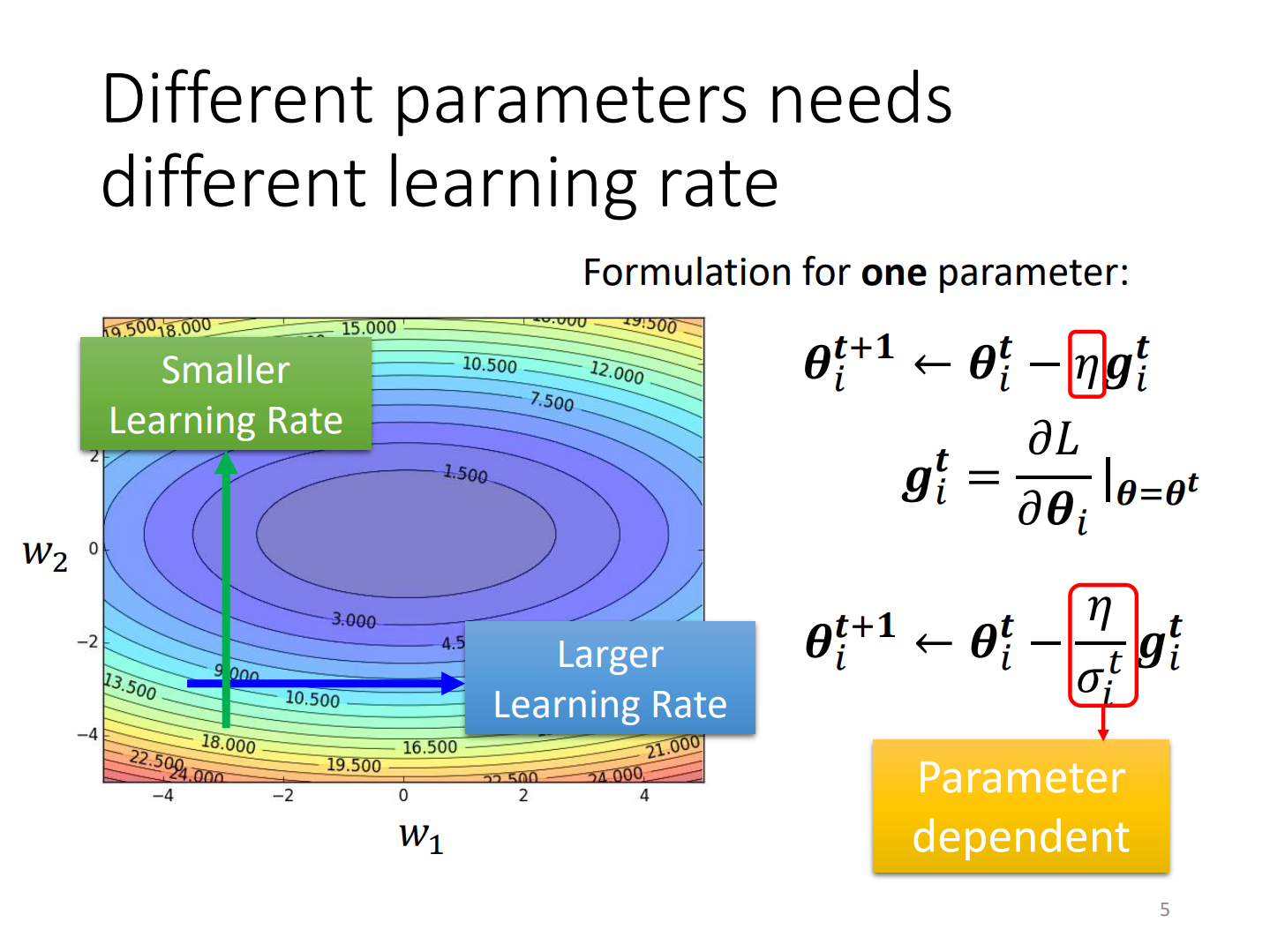
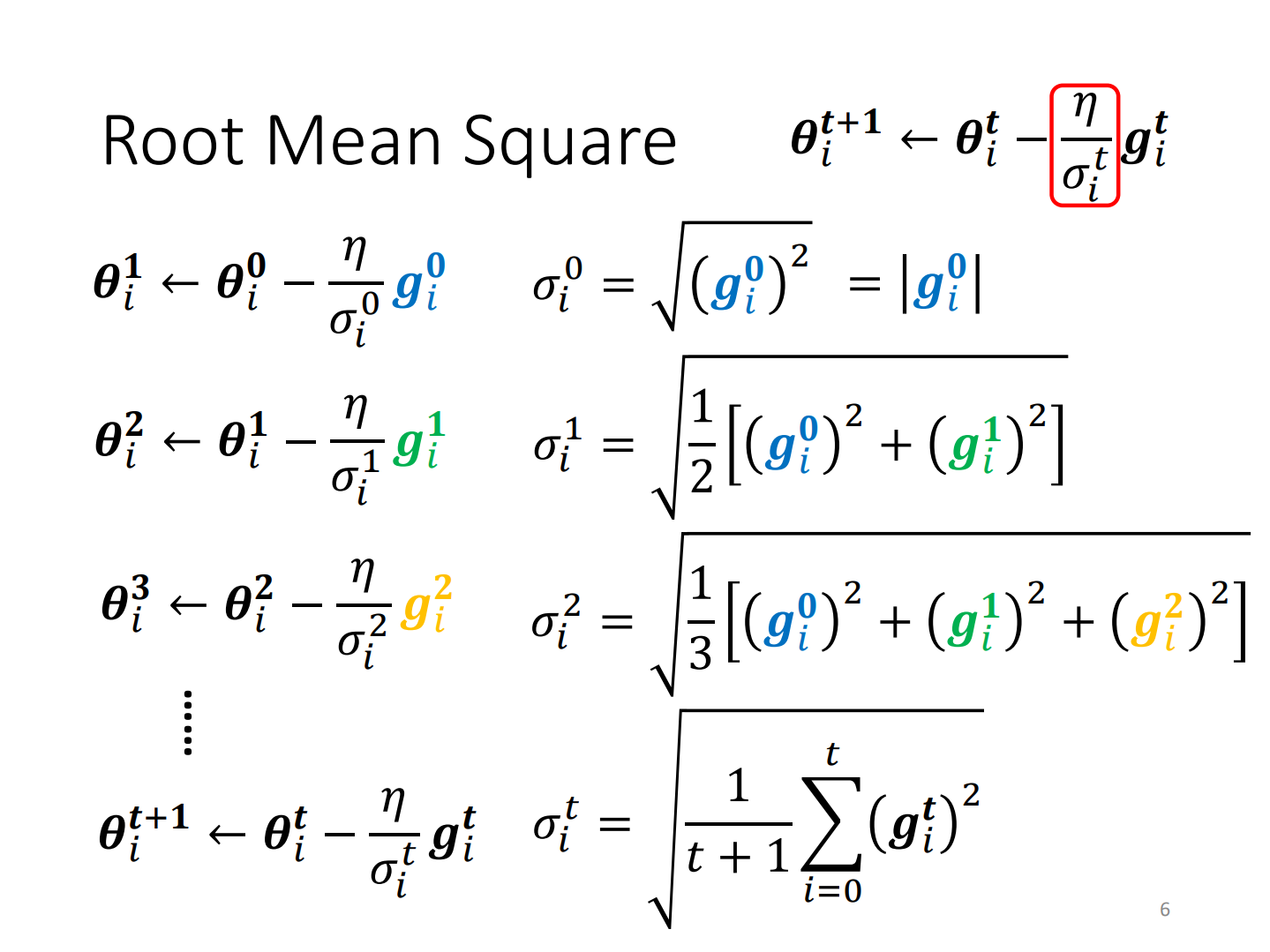
root mean square:均方根
Scheduling
Decay
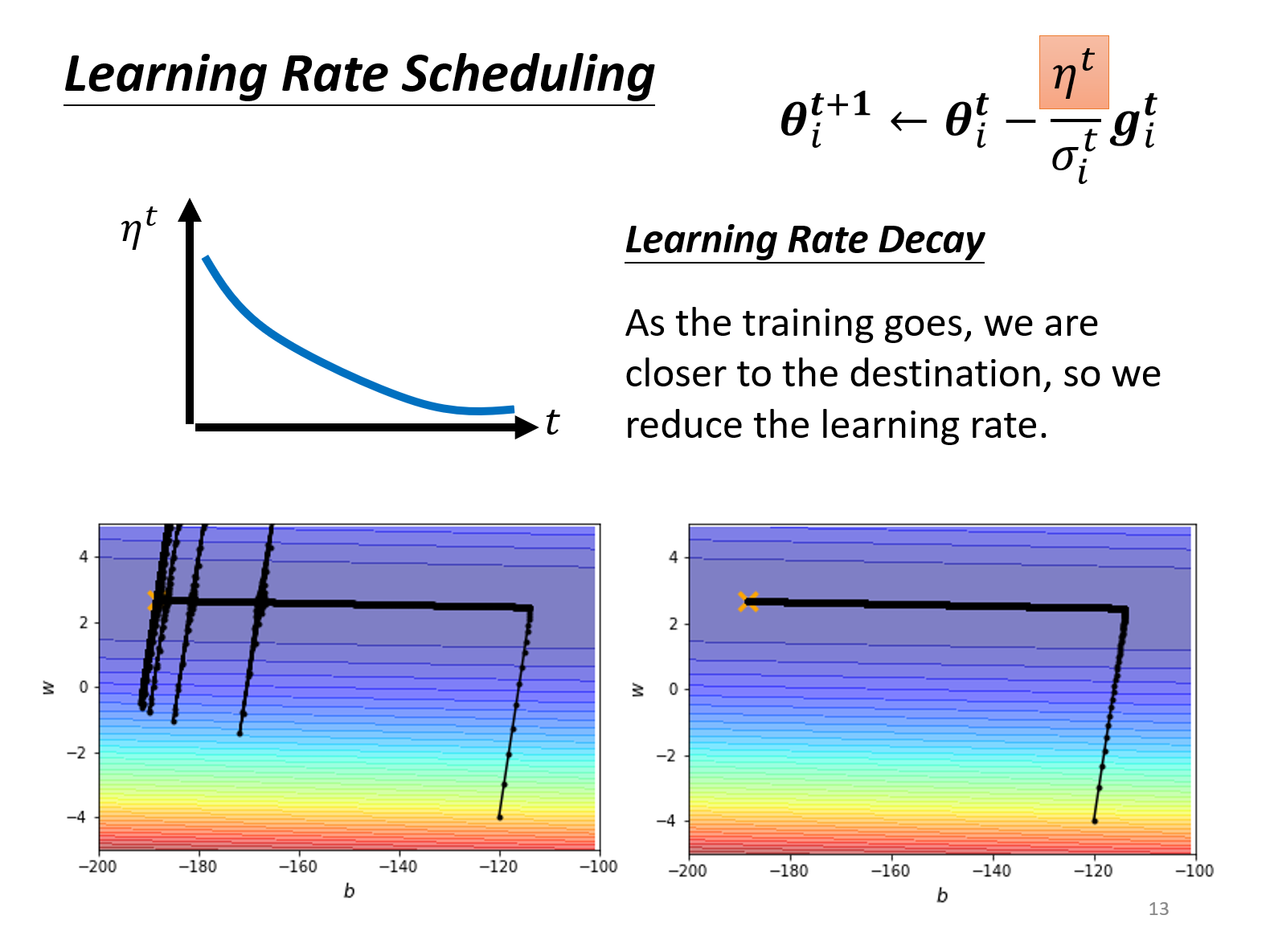
warmup
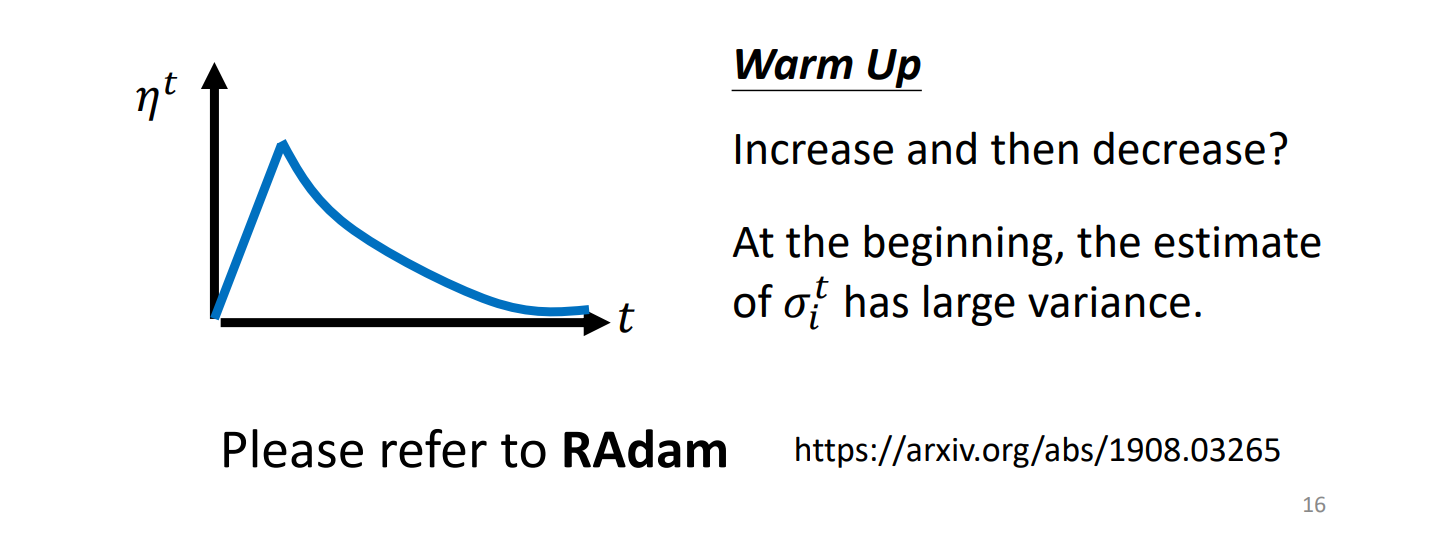
learning rate adapts dynamically(RMSProp)
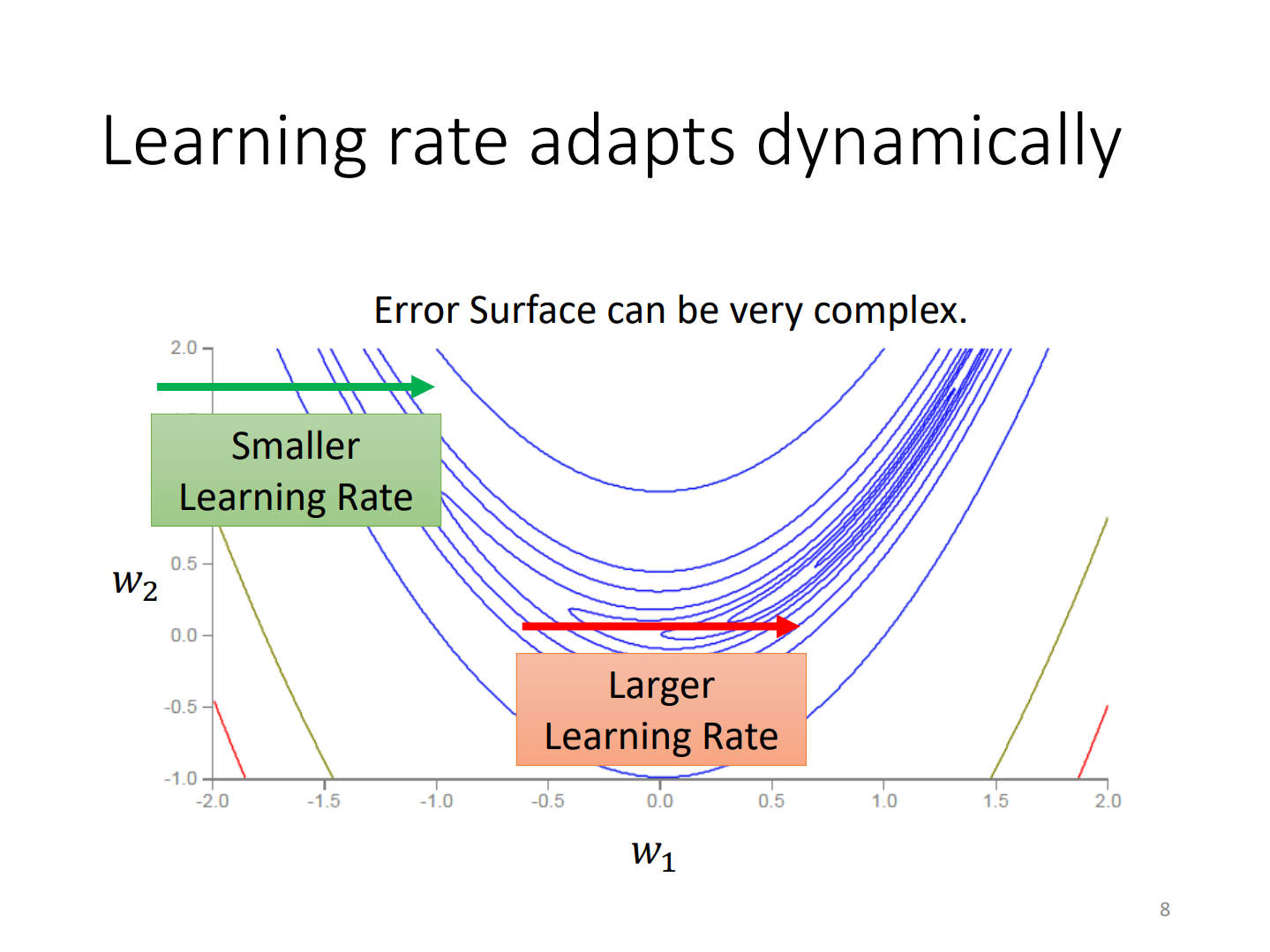
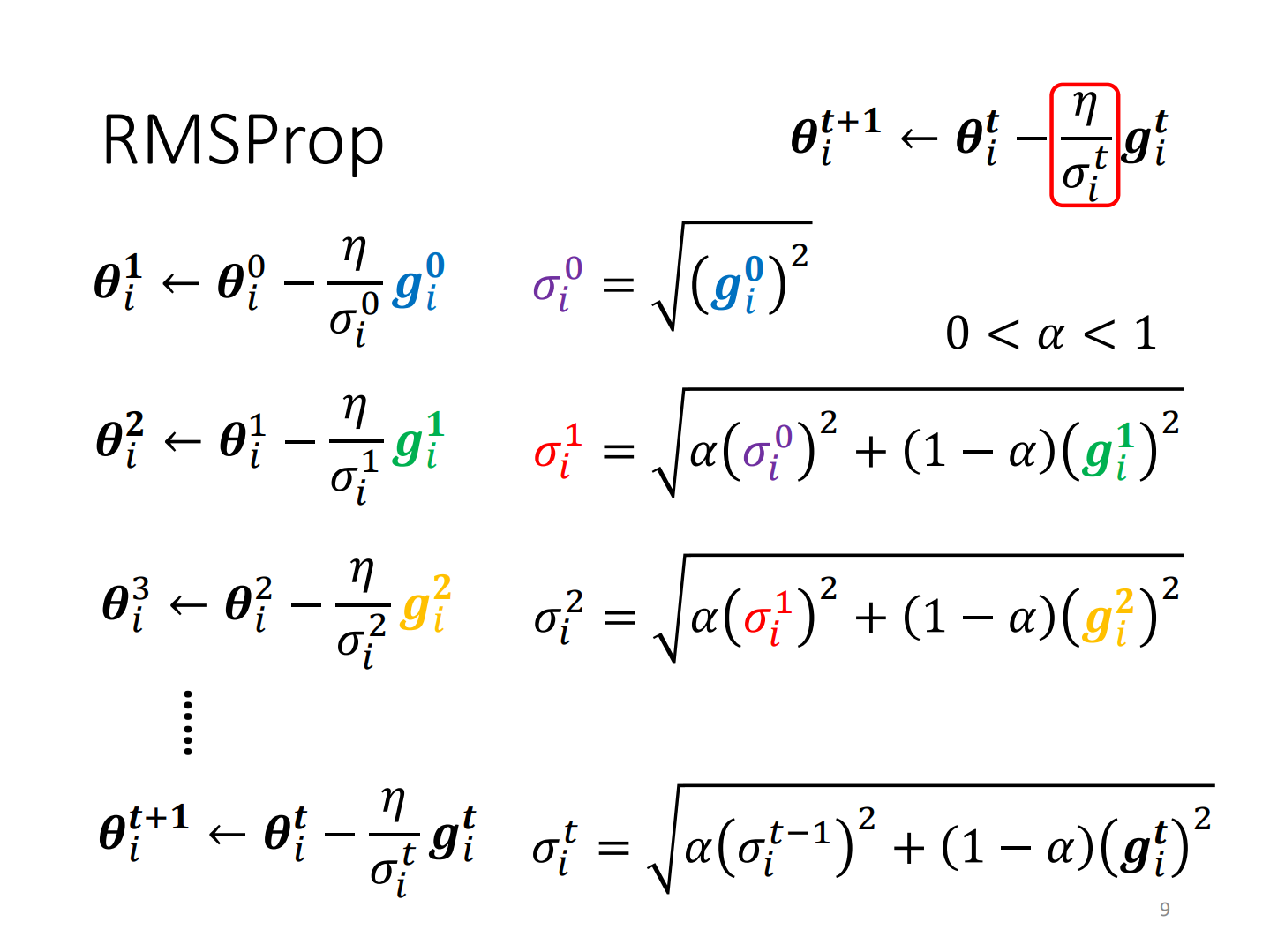
RMSProp:RMS+支点
RMSProp + Momentum(Adam)
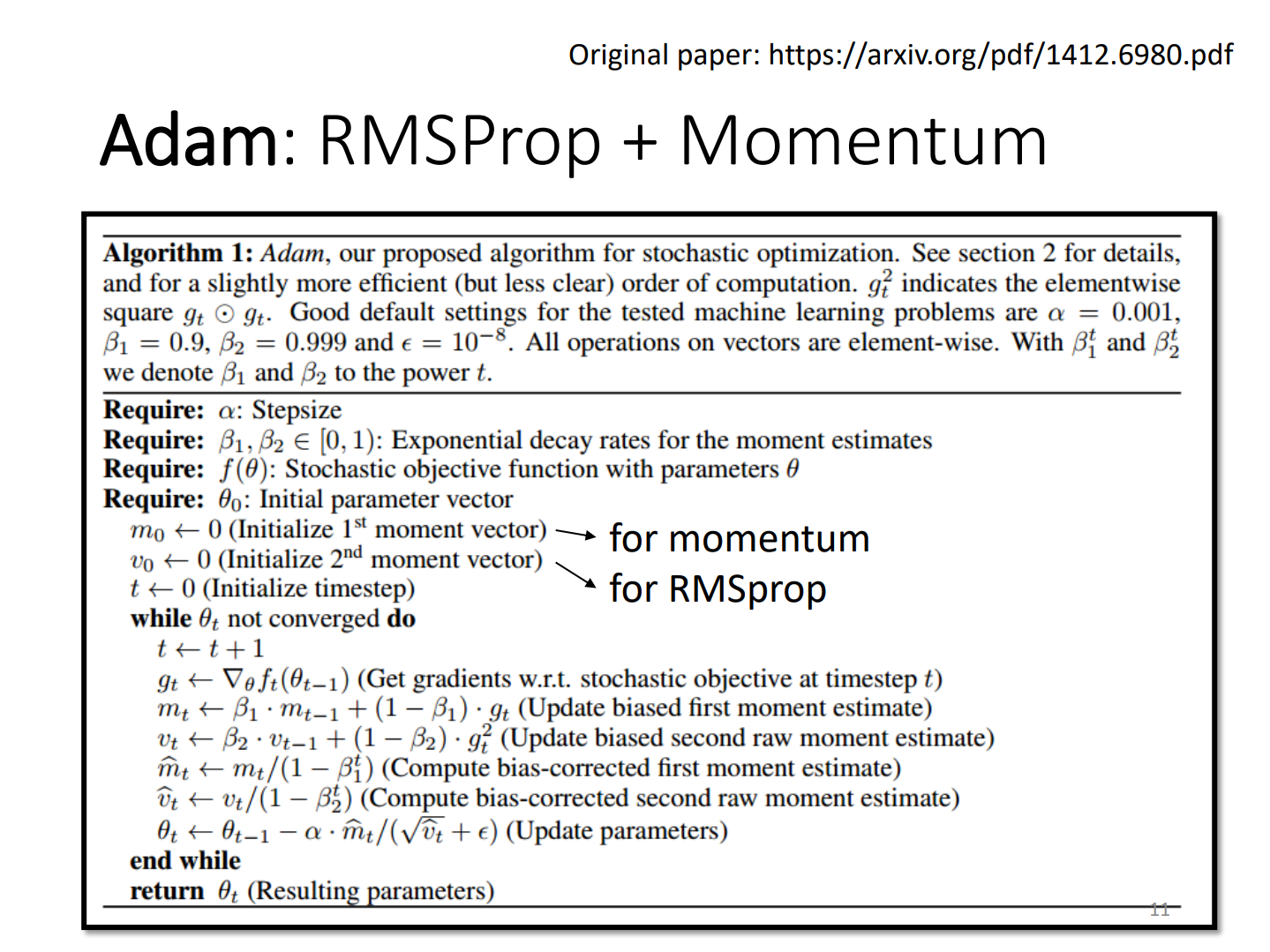
Cross-entropy
交叉熵
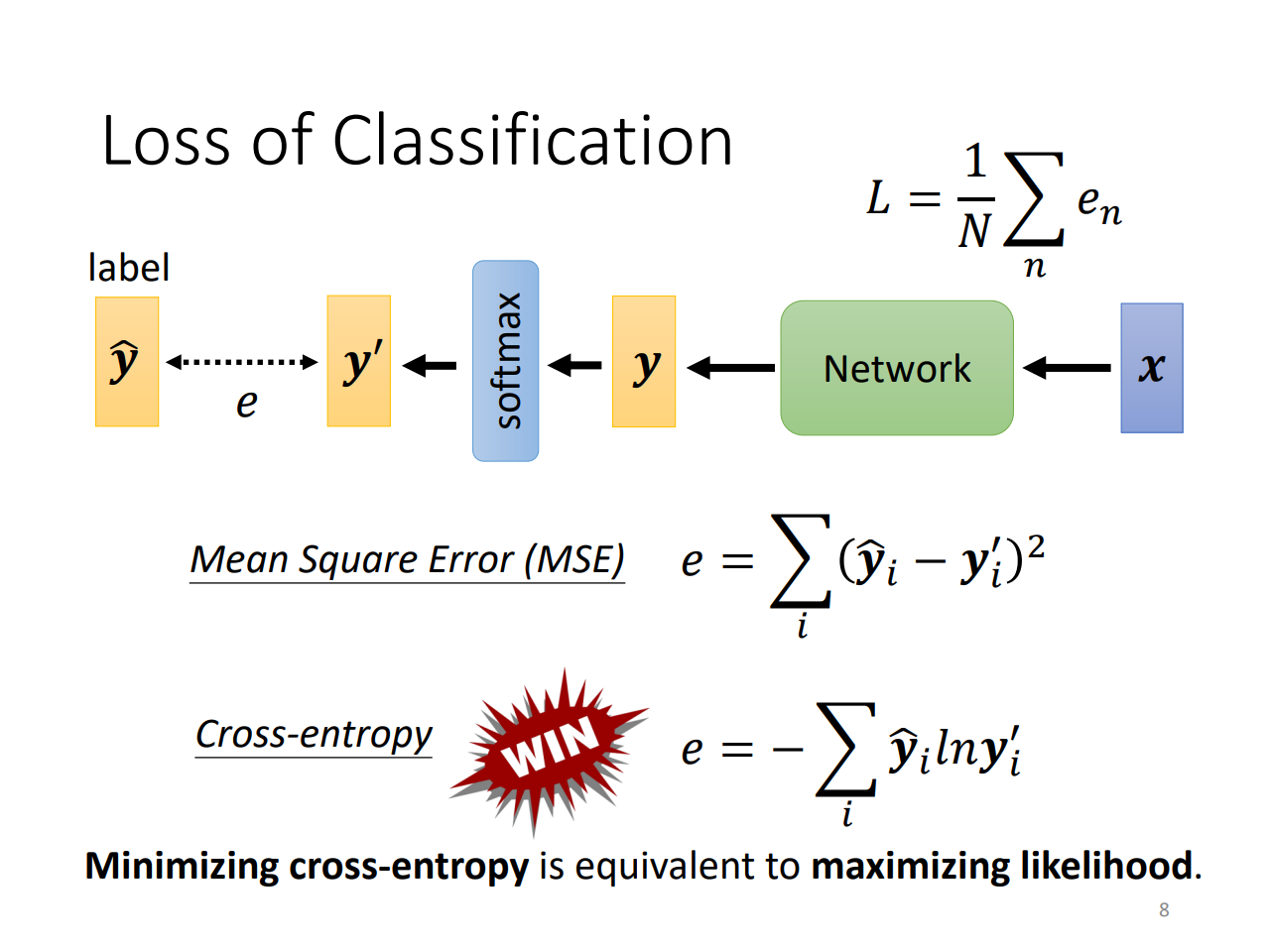
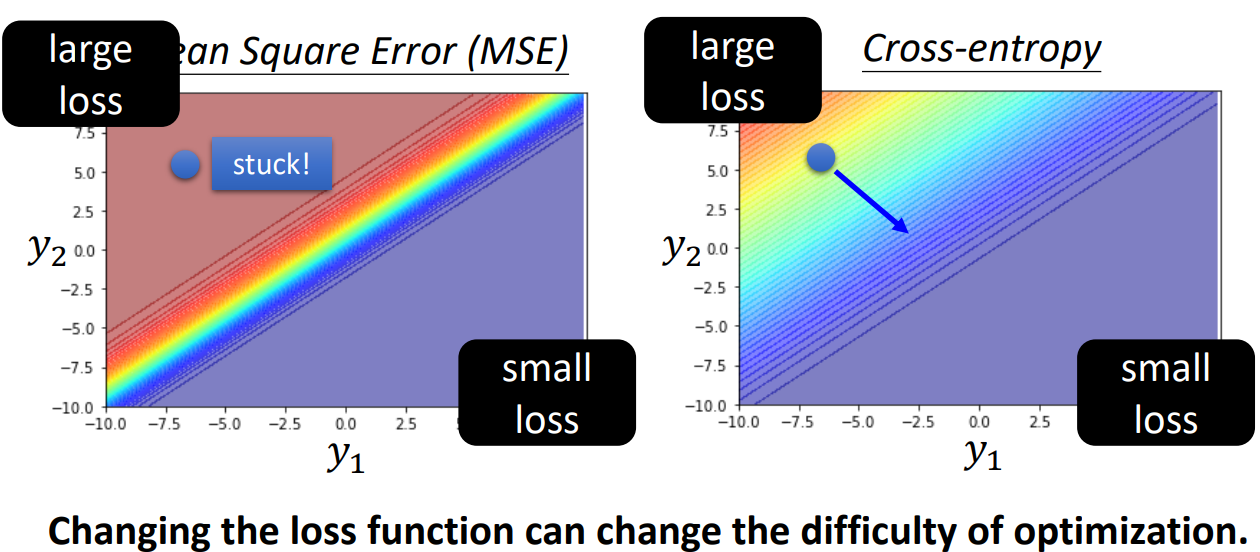
loss function会改变optimization的难度!
Batch Normalization(BN)
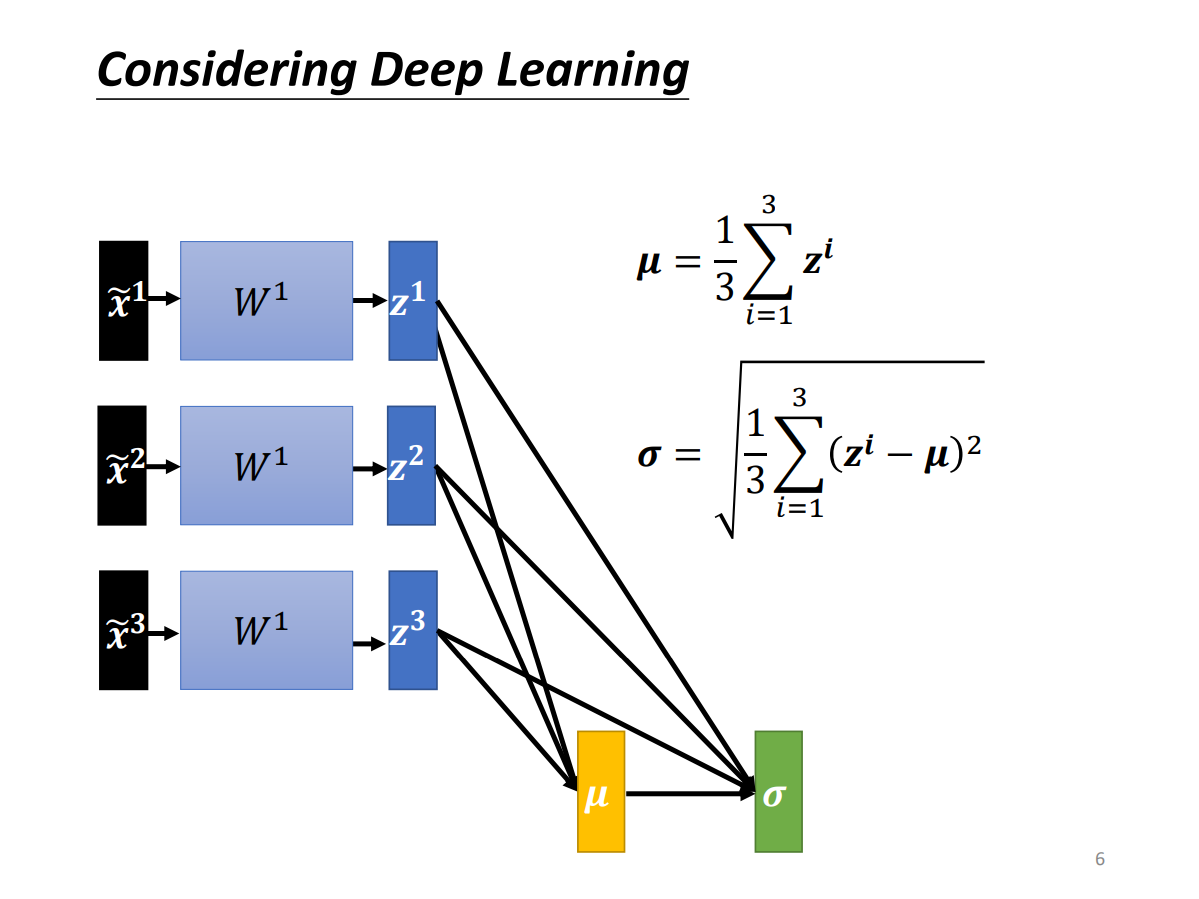
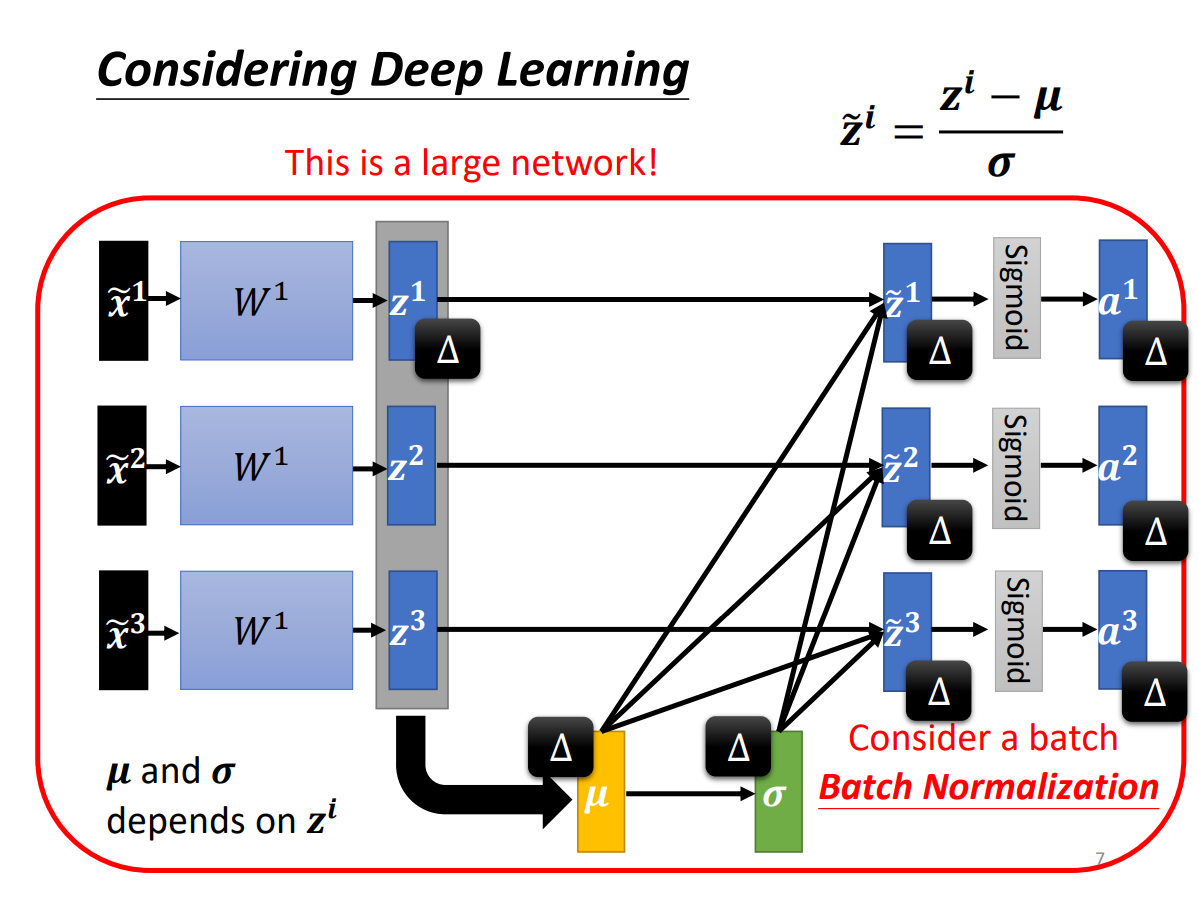
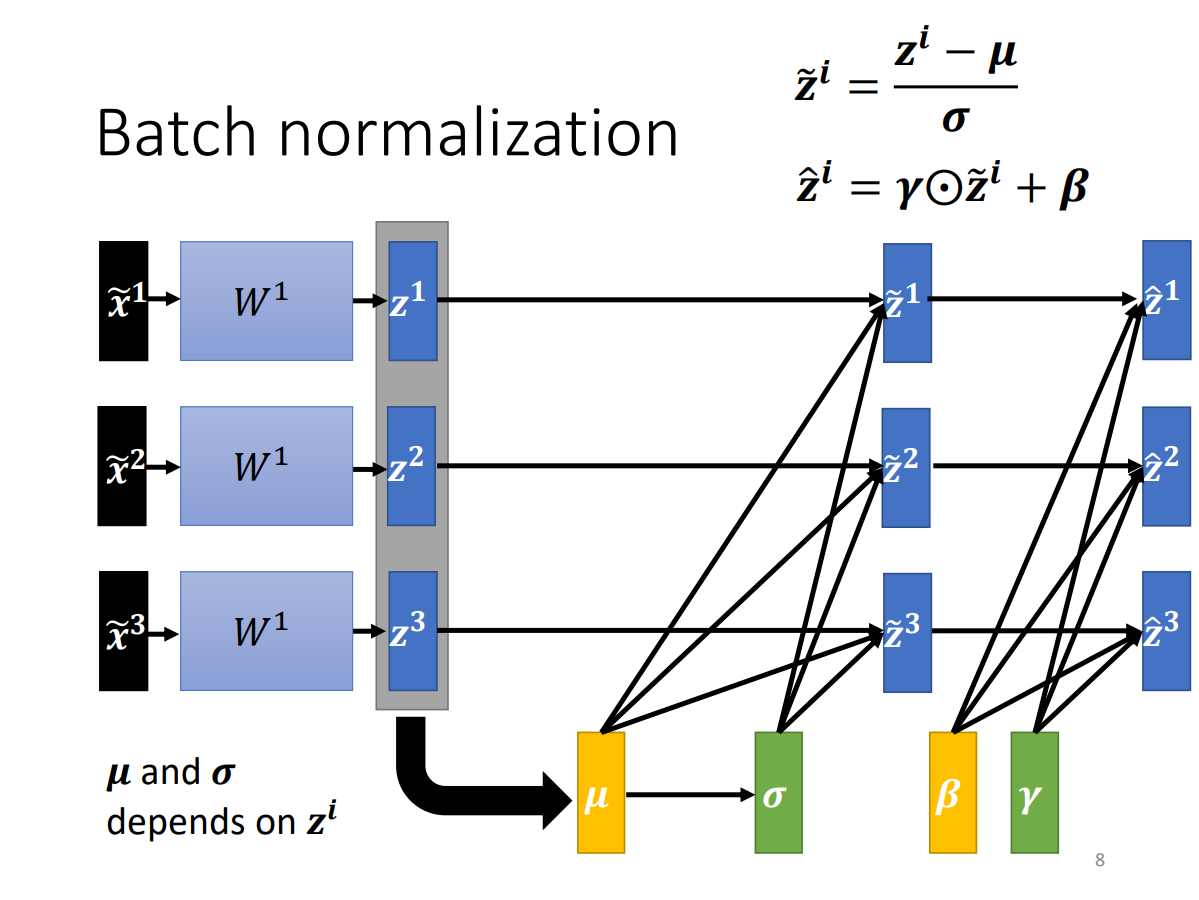
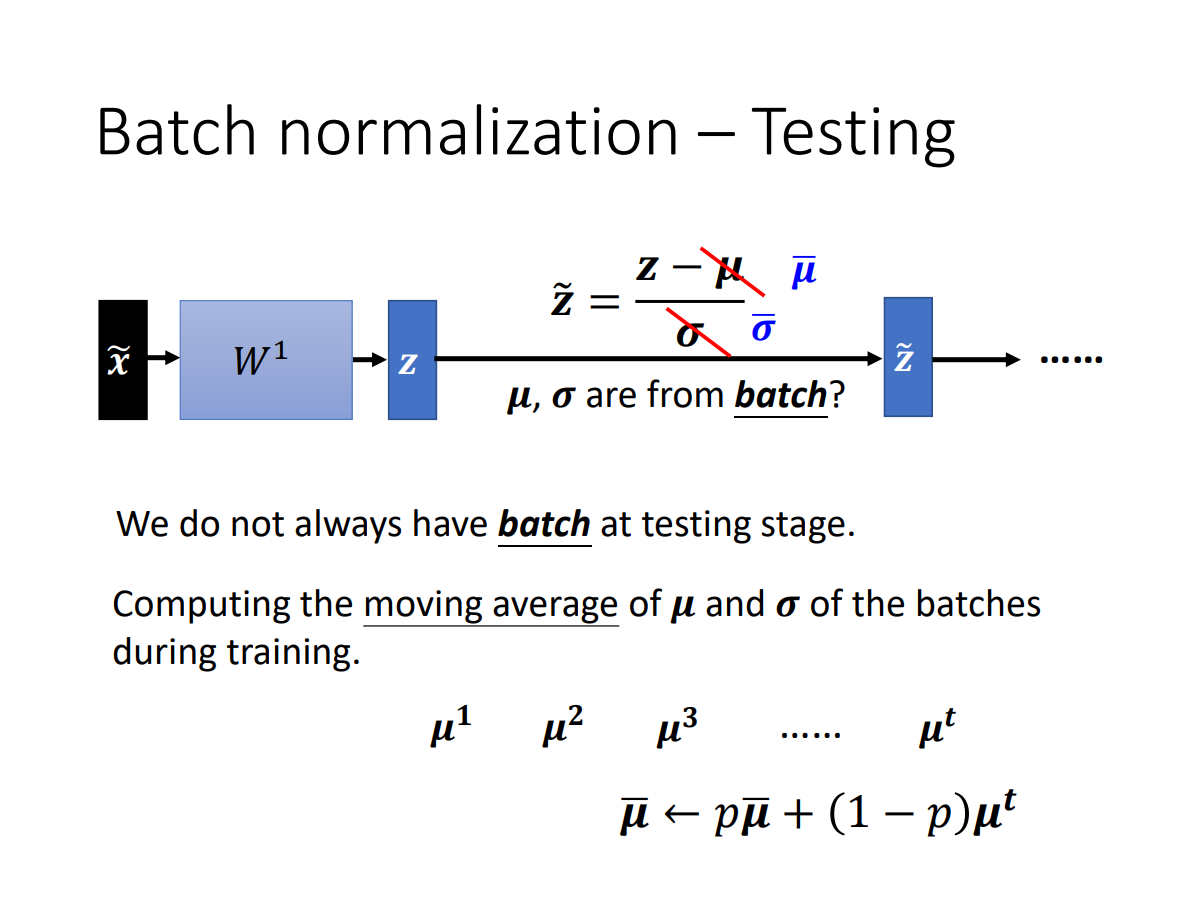
notation
$\hat{y}$:y hat
$e^x$:exponential x
$\sum$:Summation
$y{\prime}$:y prime
logit:softmax的输入
$\tilde{x}$:x tilde, normalization后的x
element-wise product:元素对应乘积
inference:test